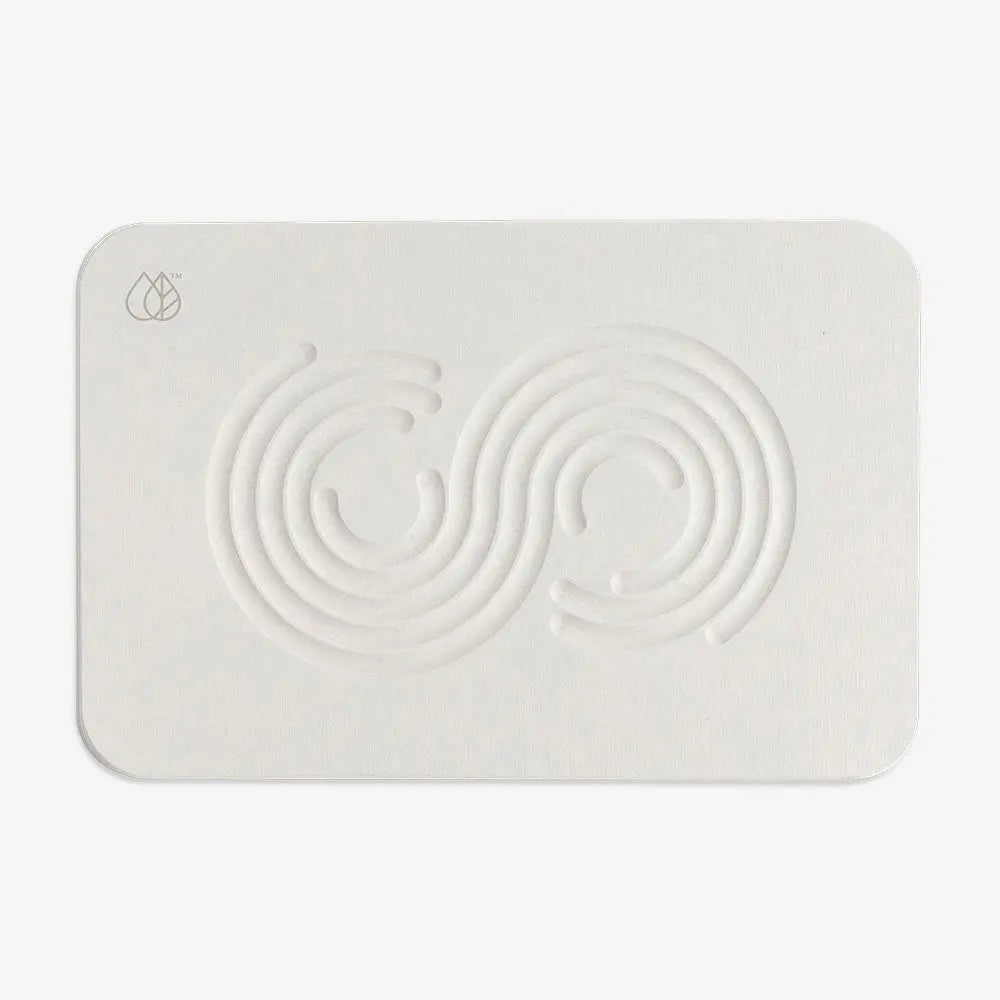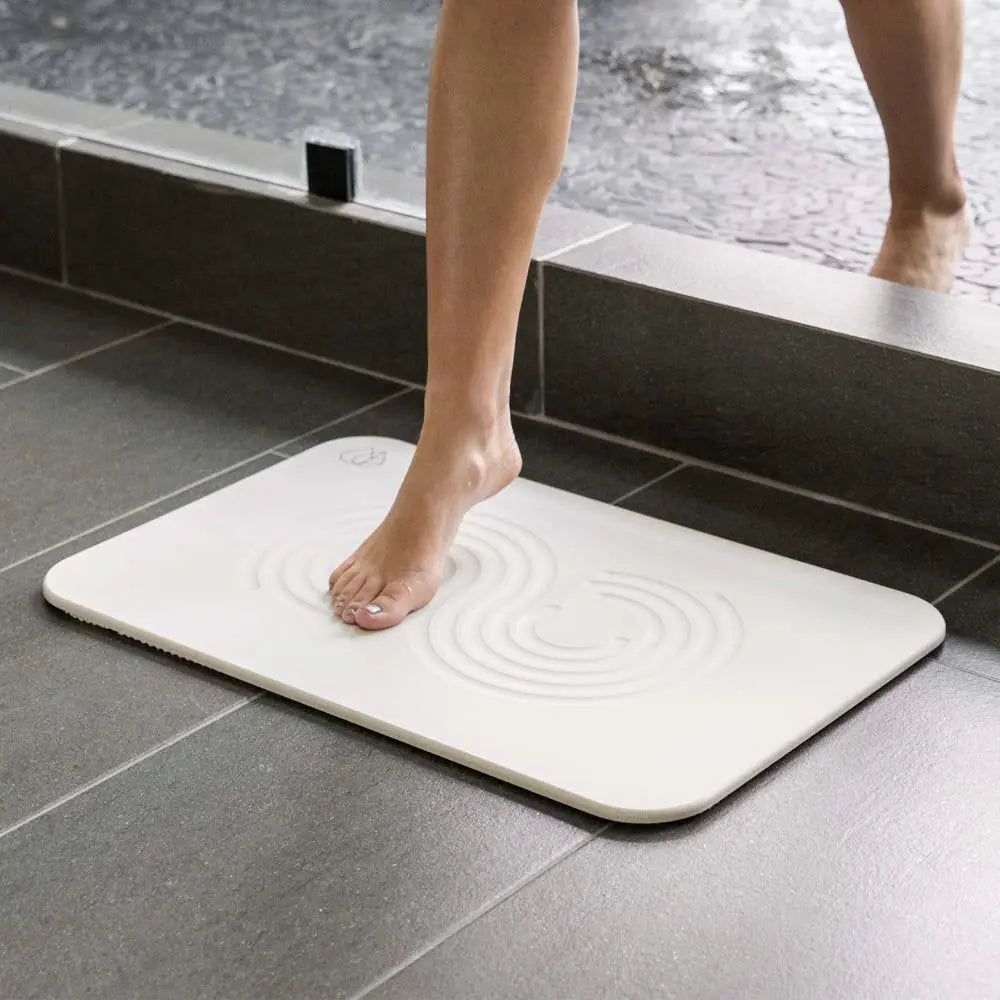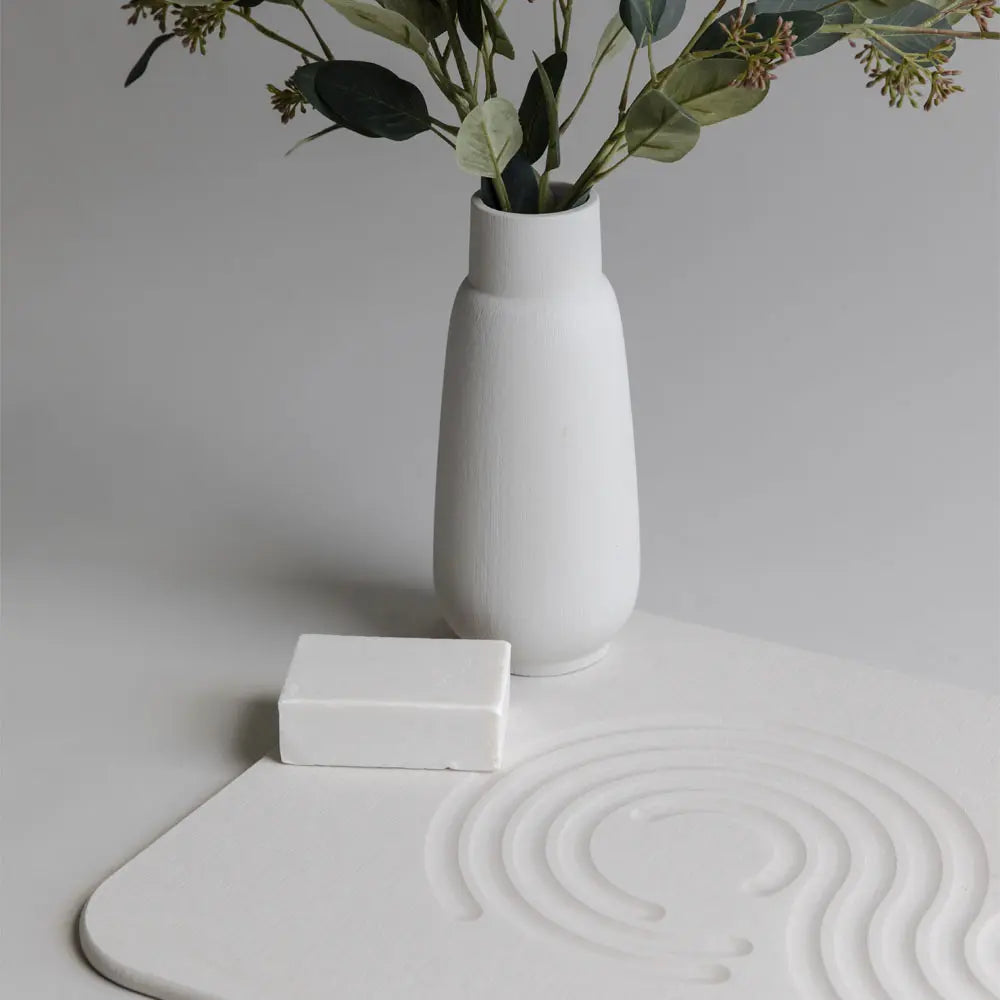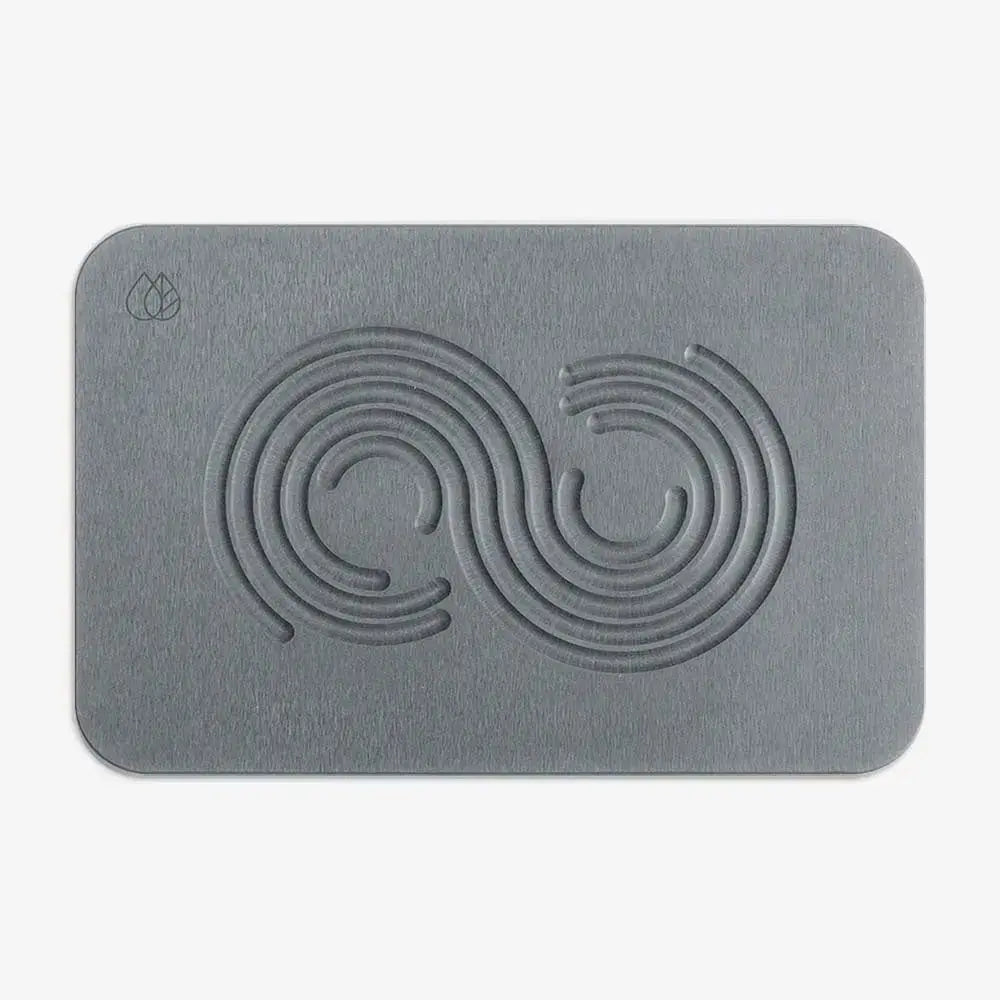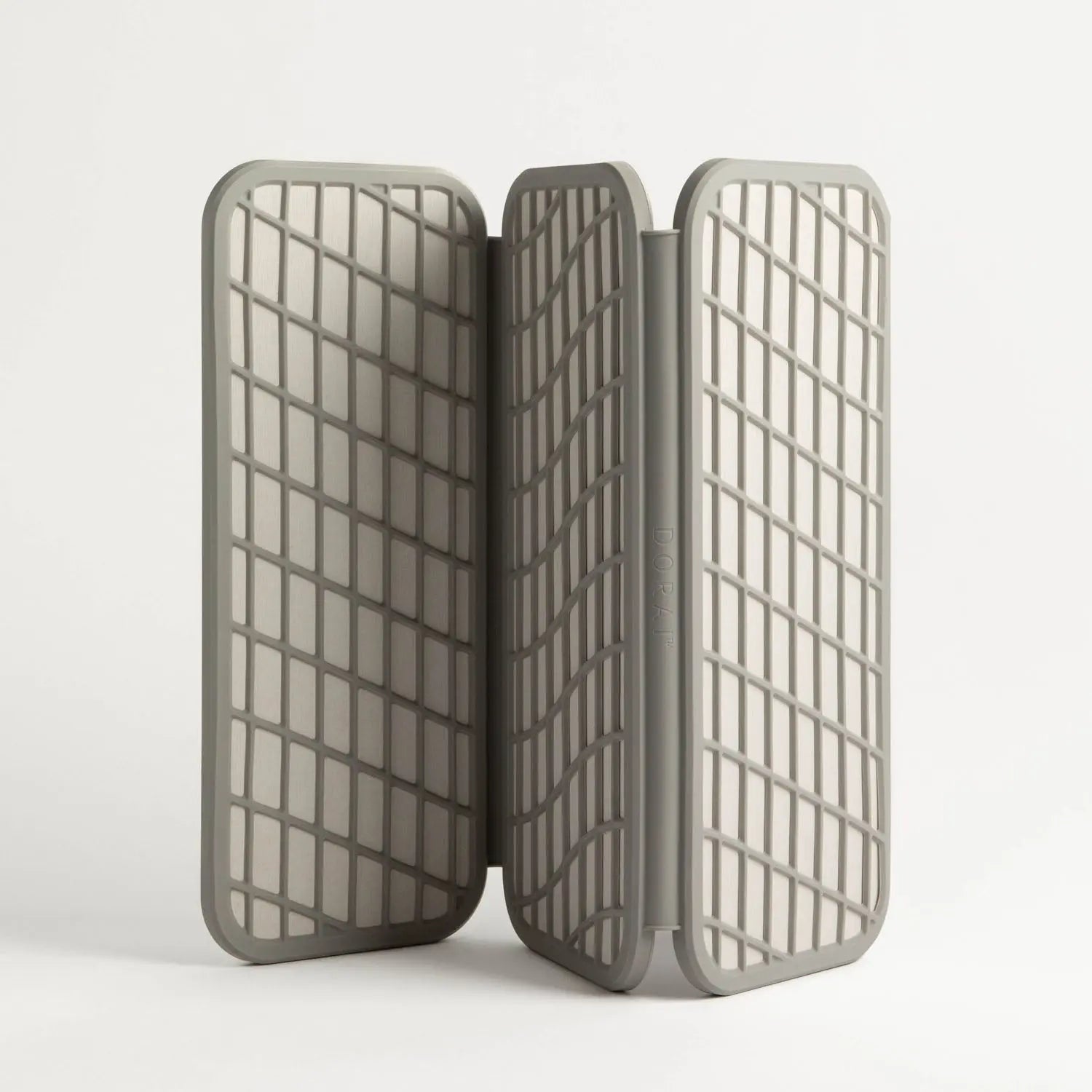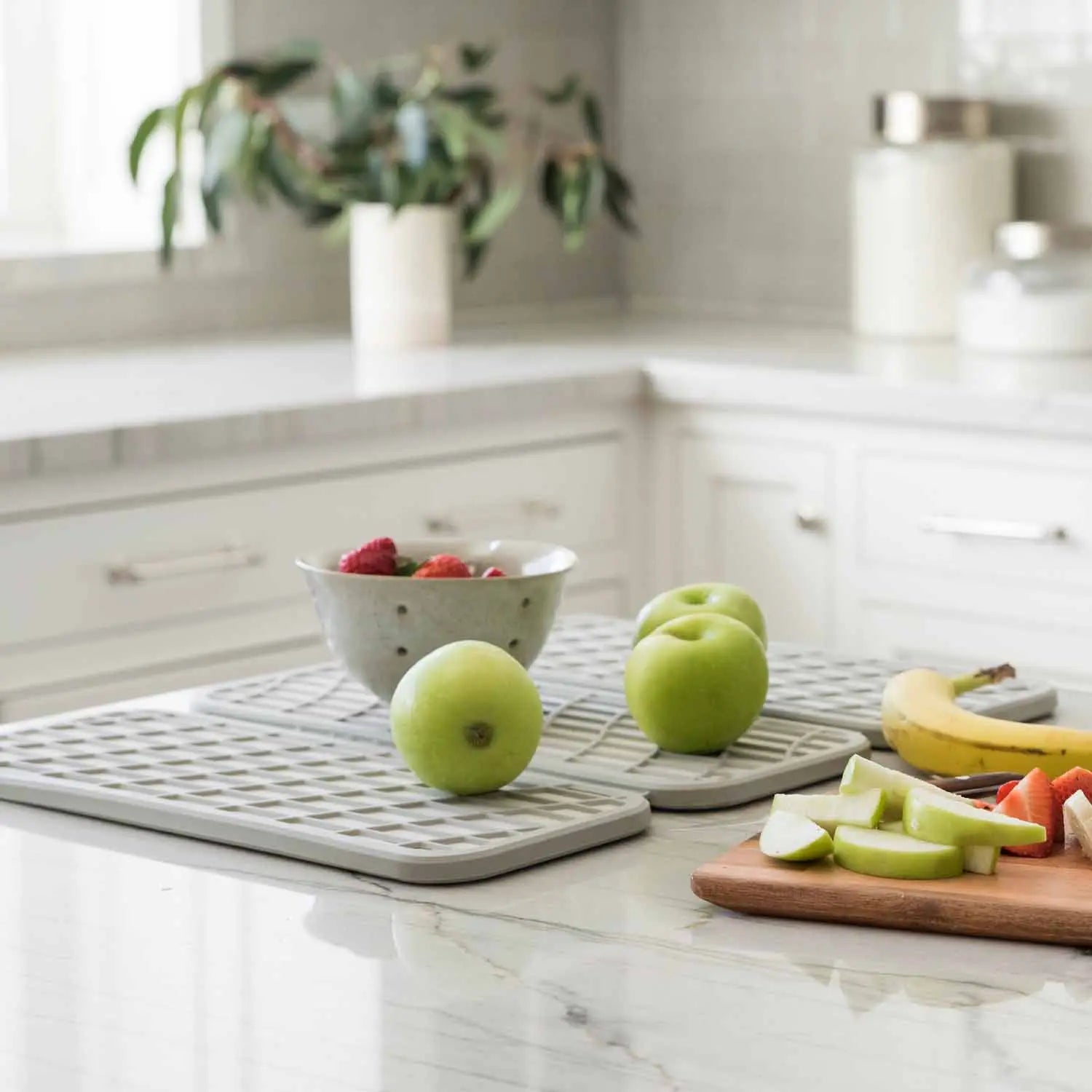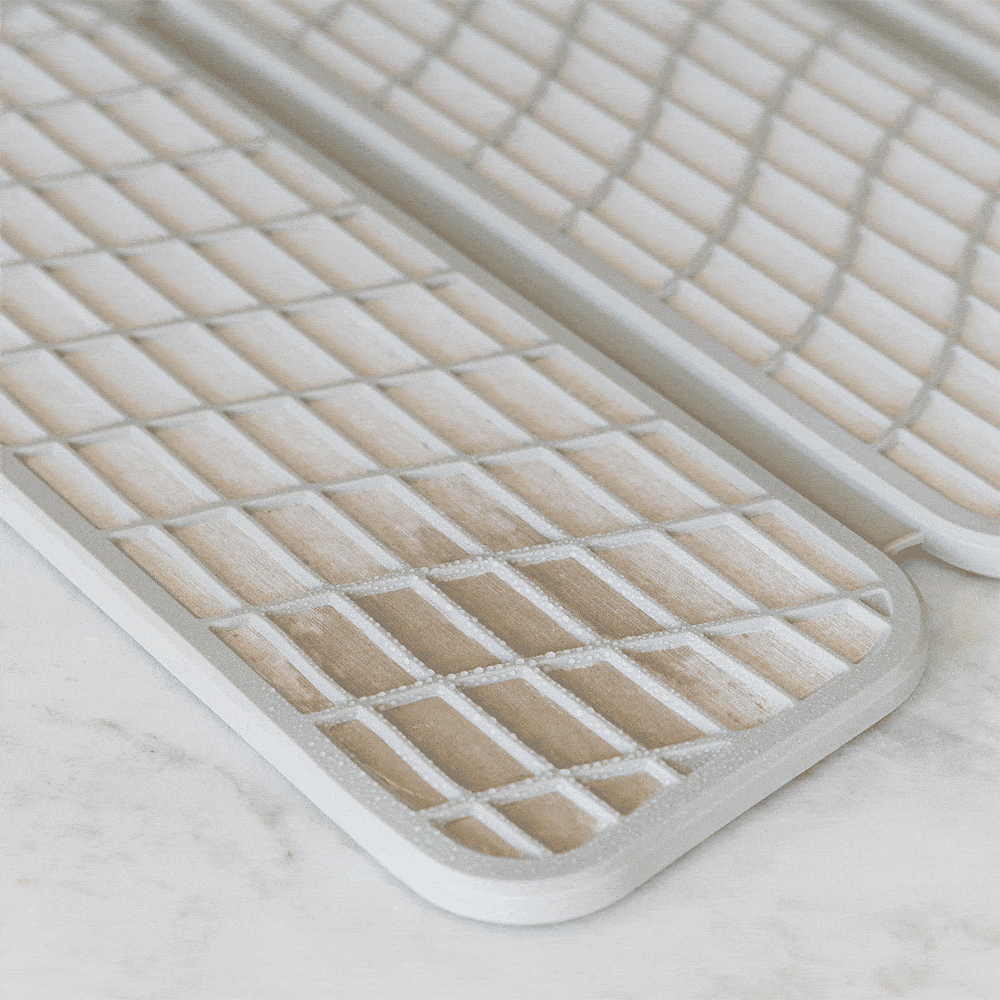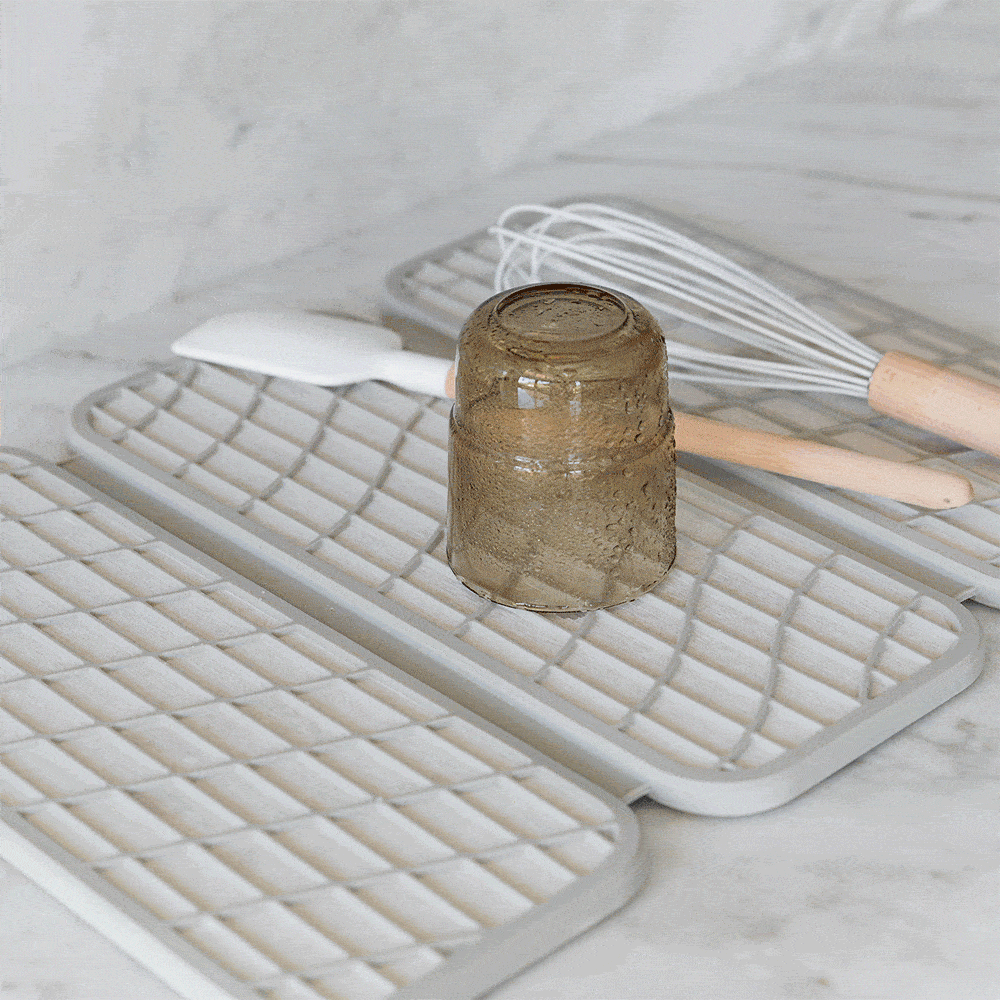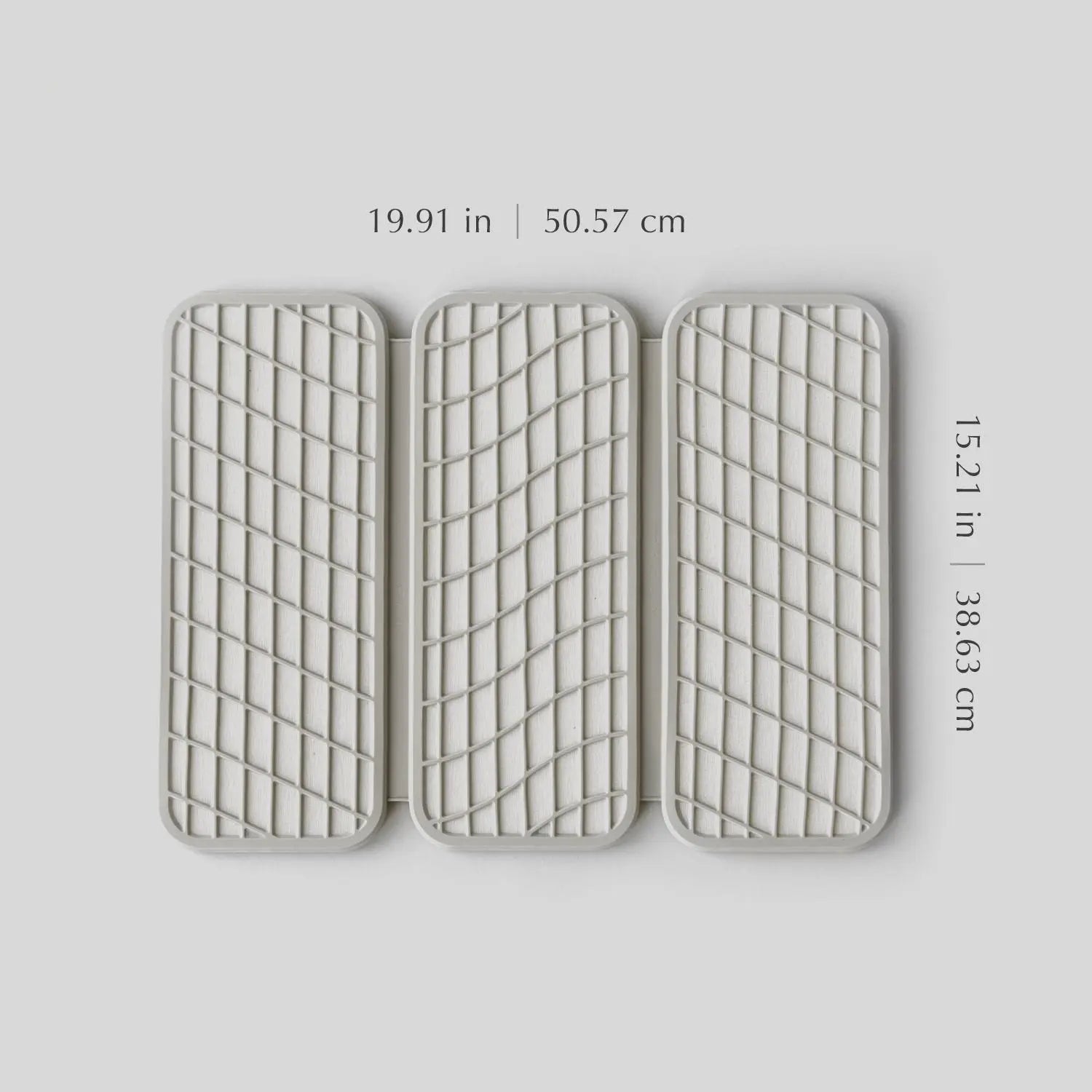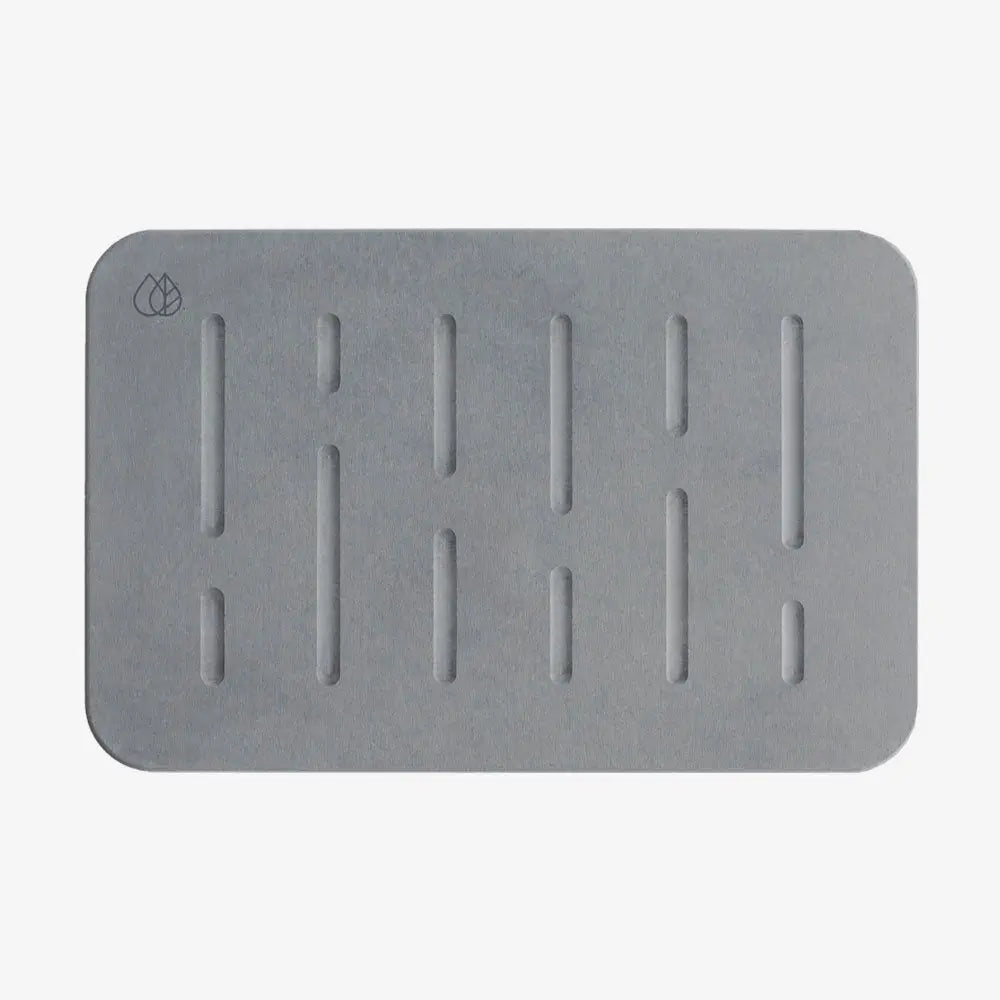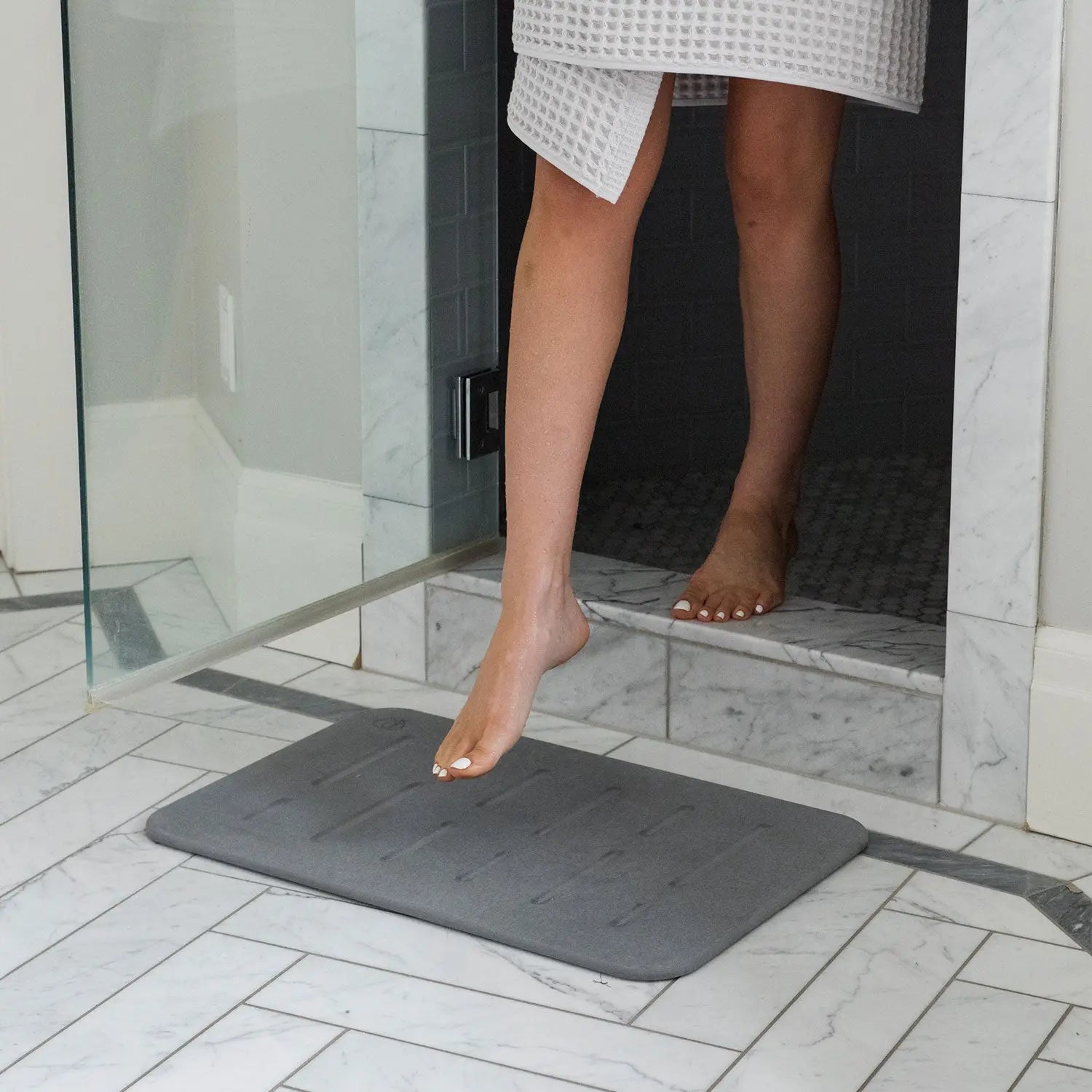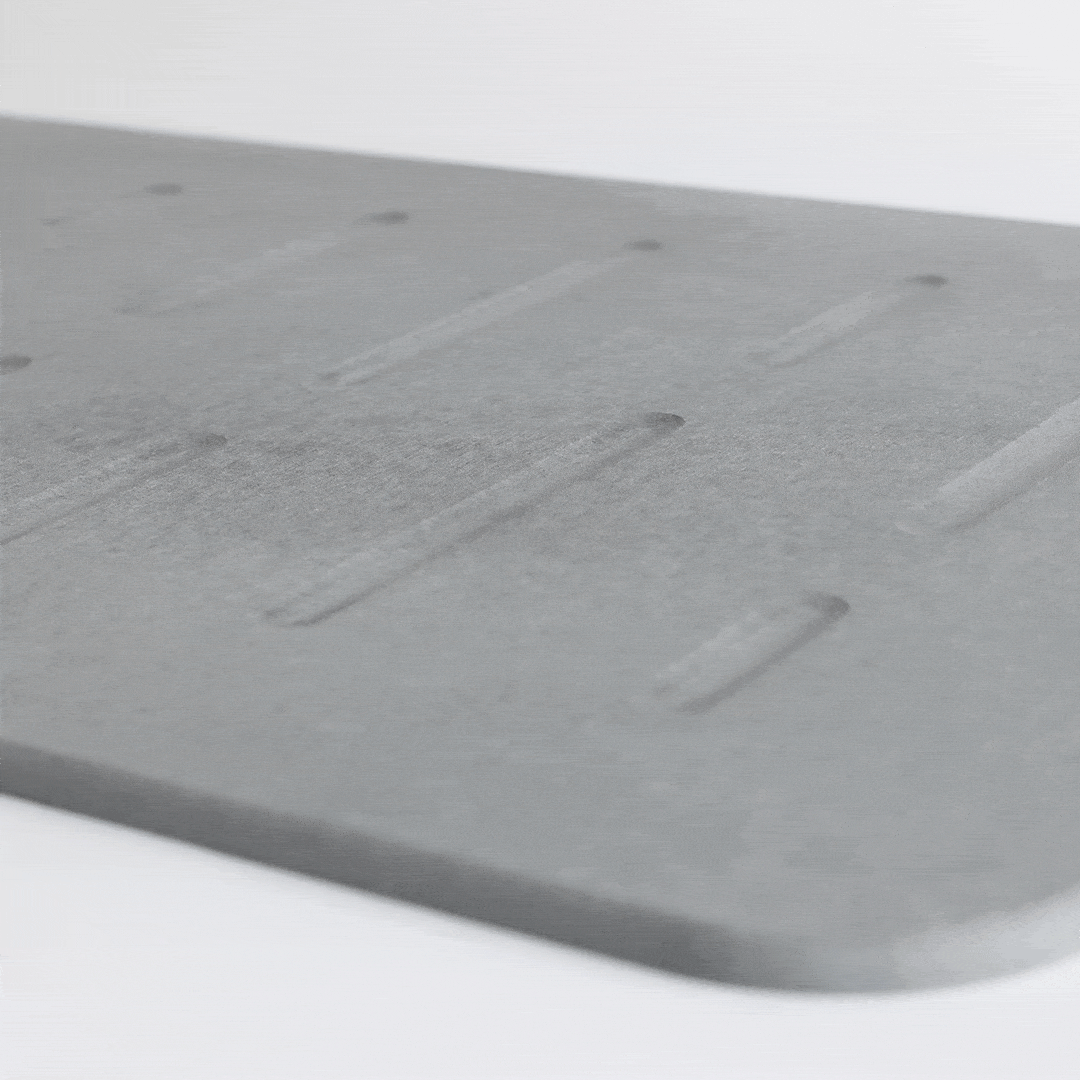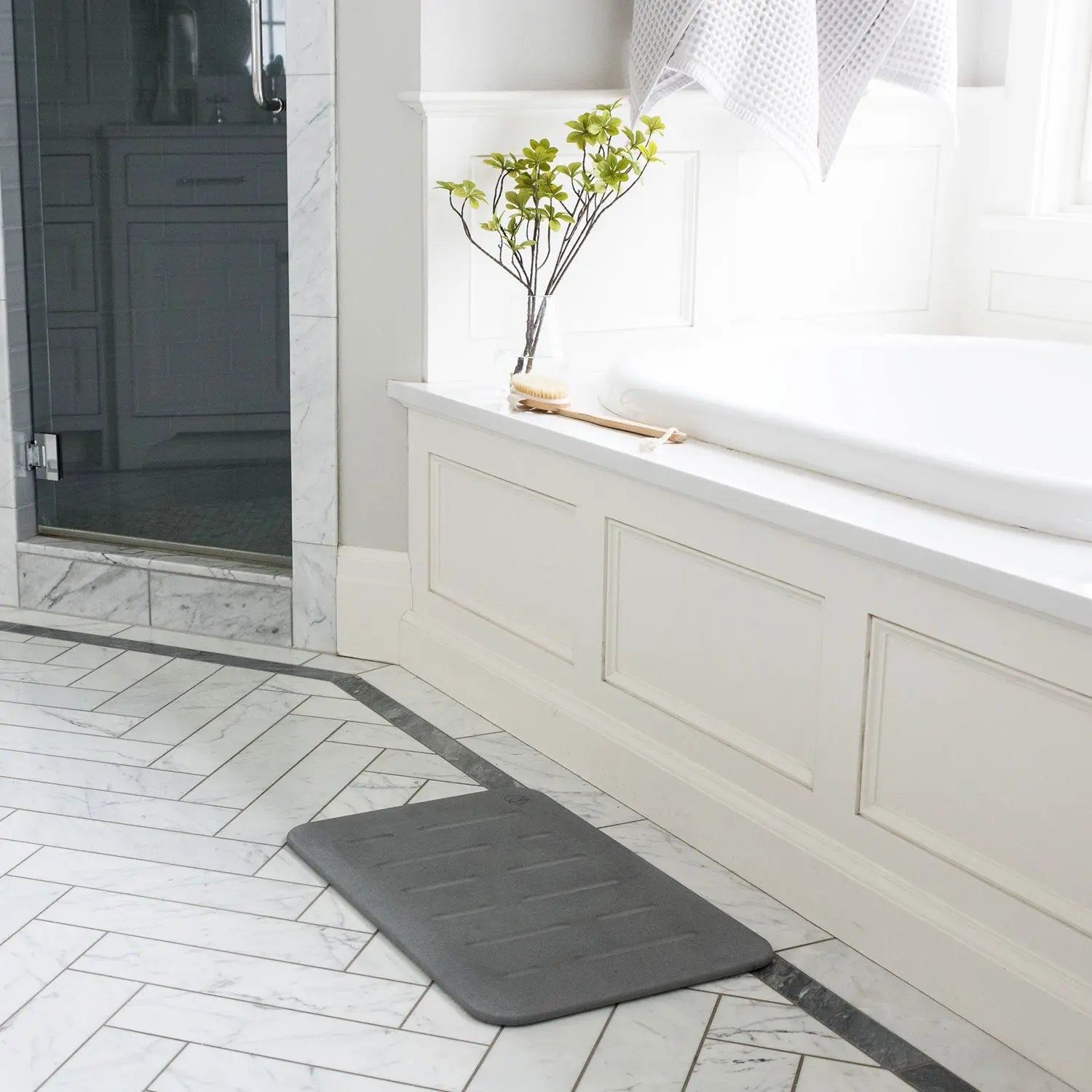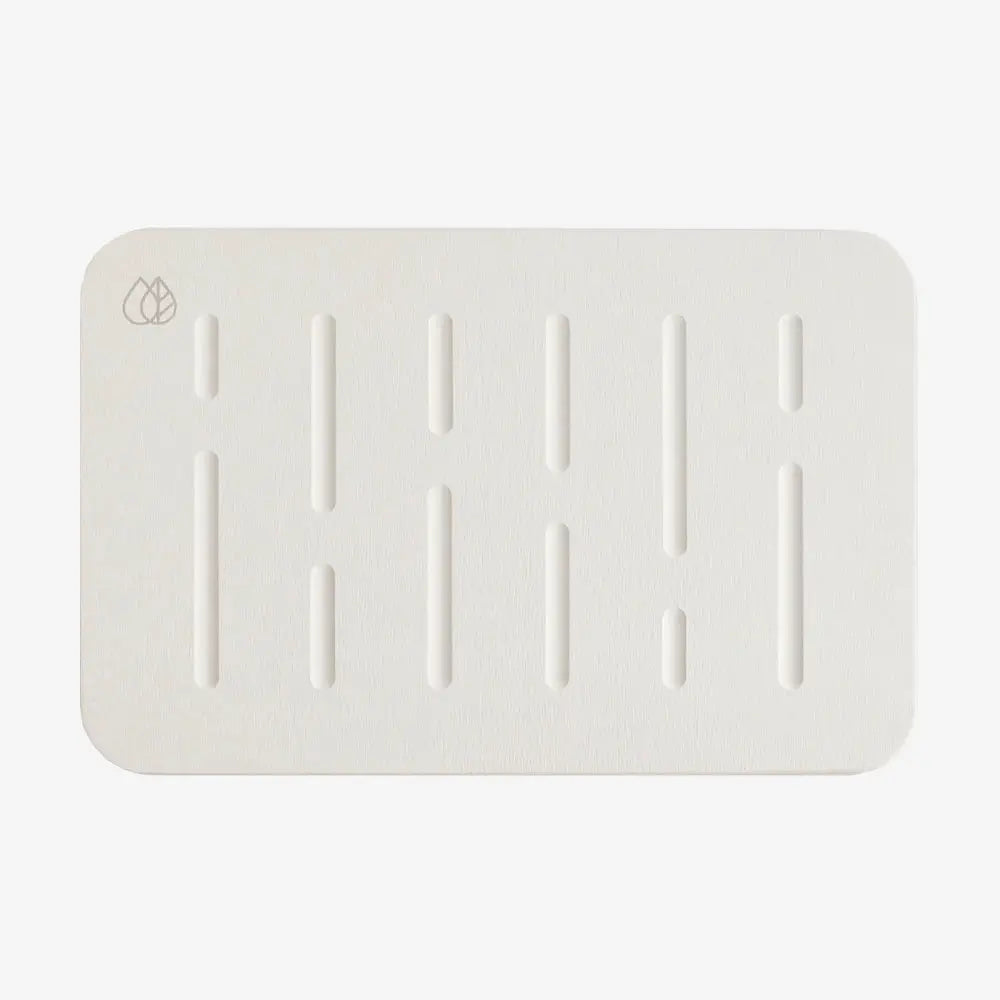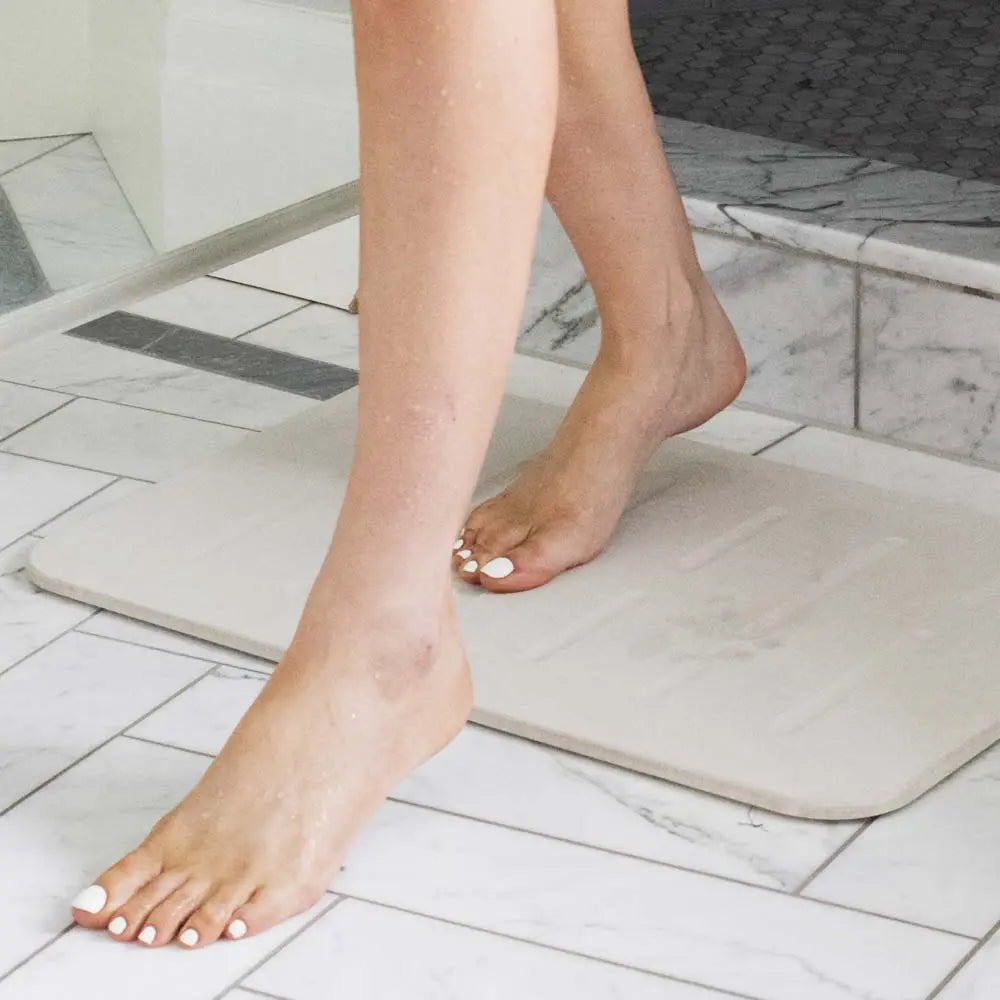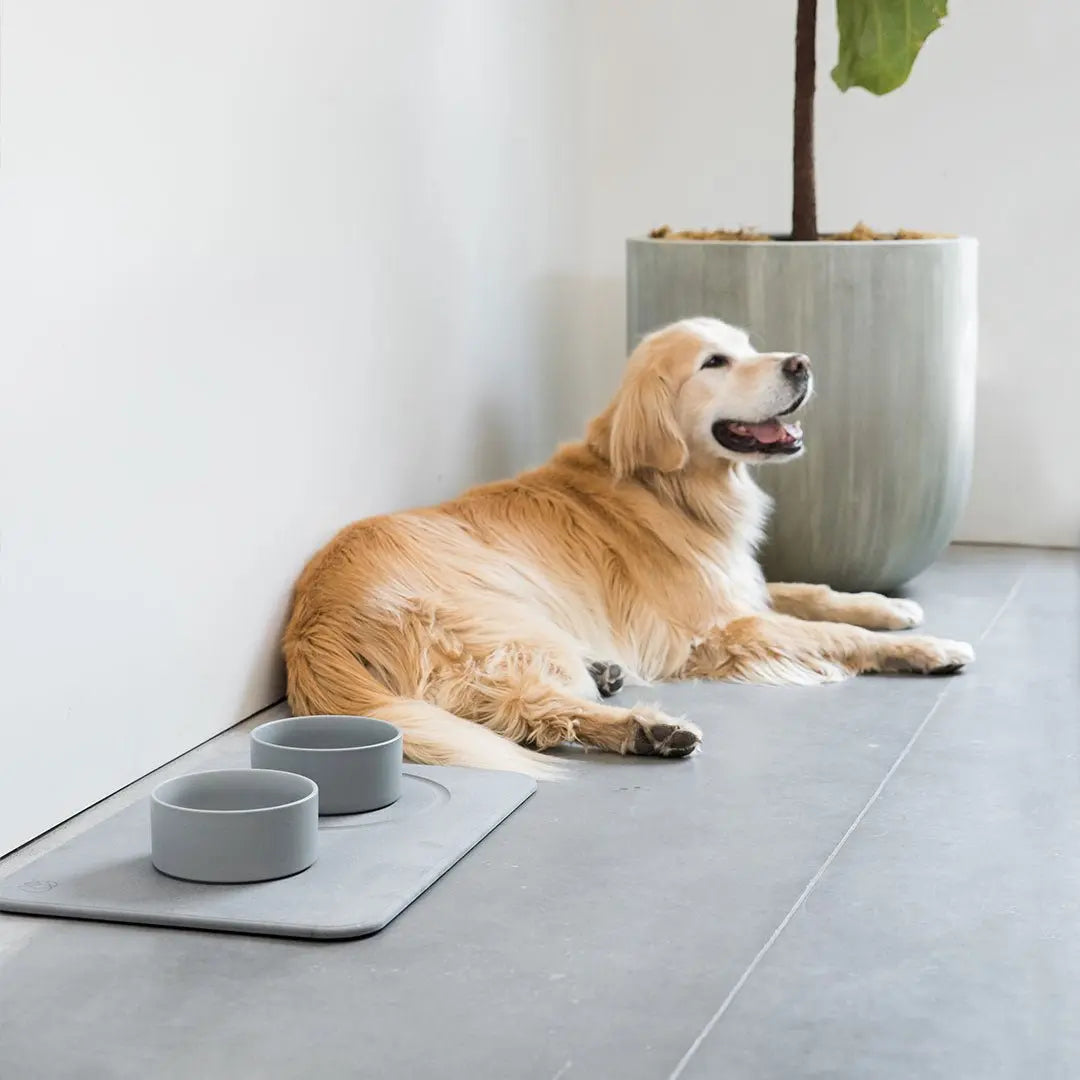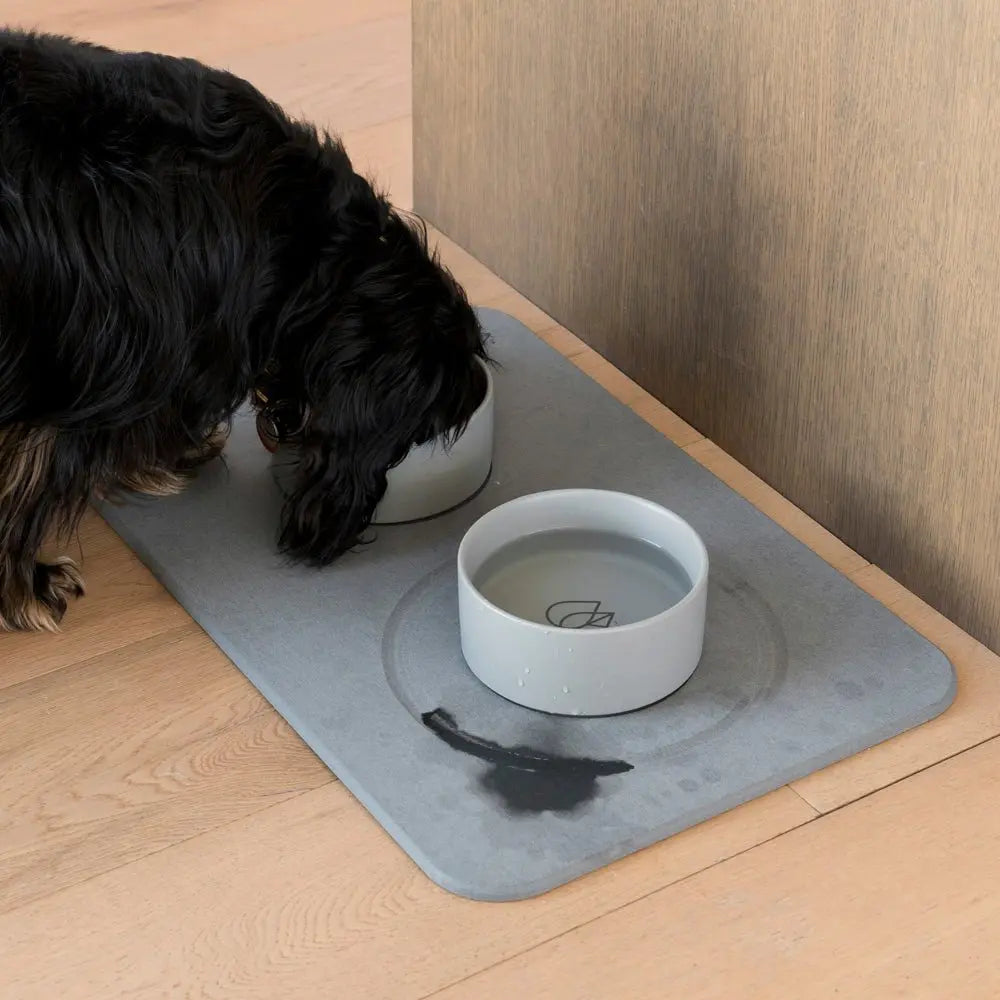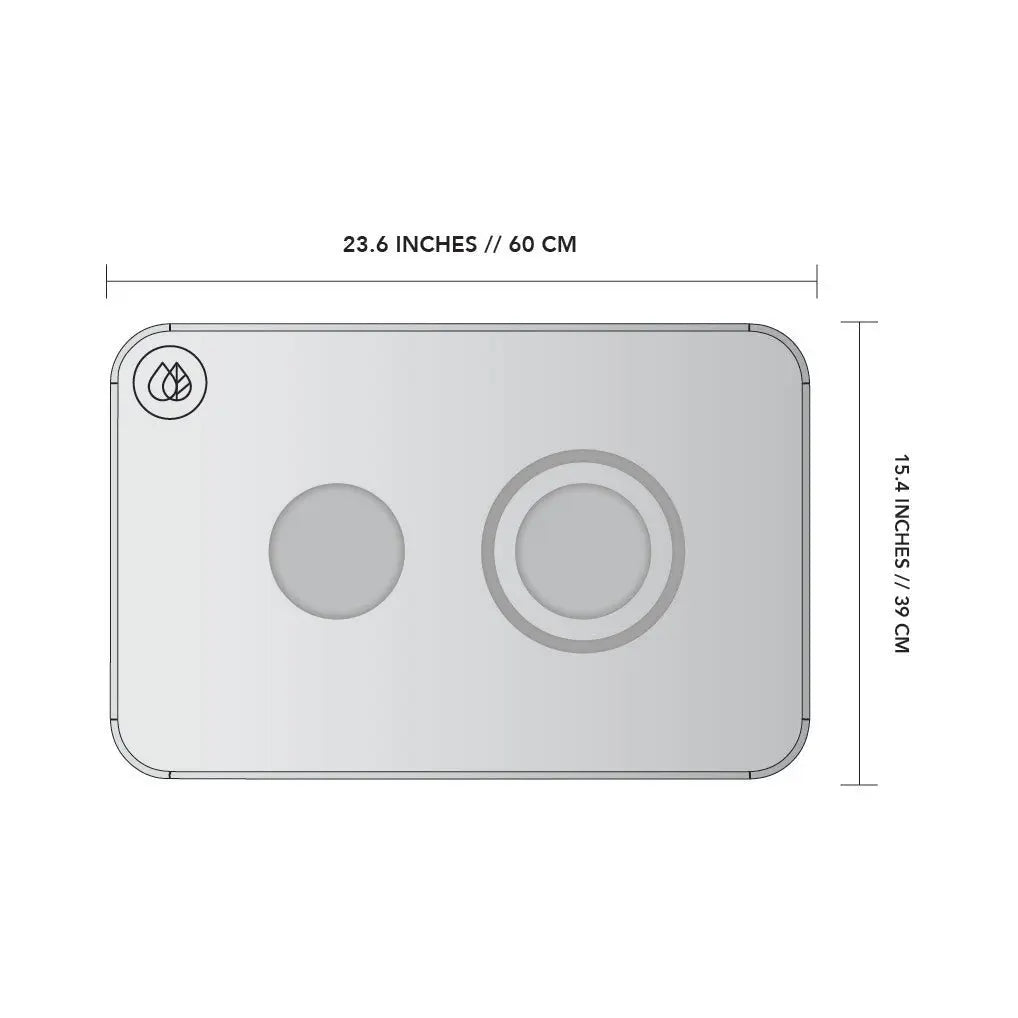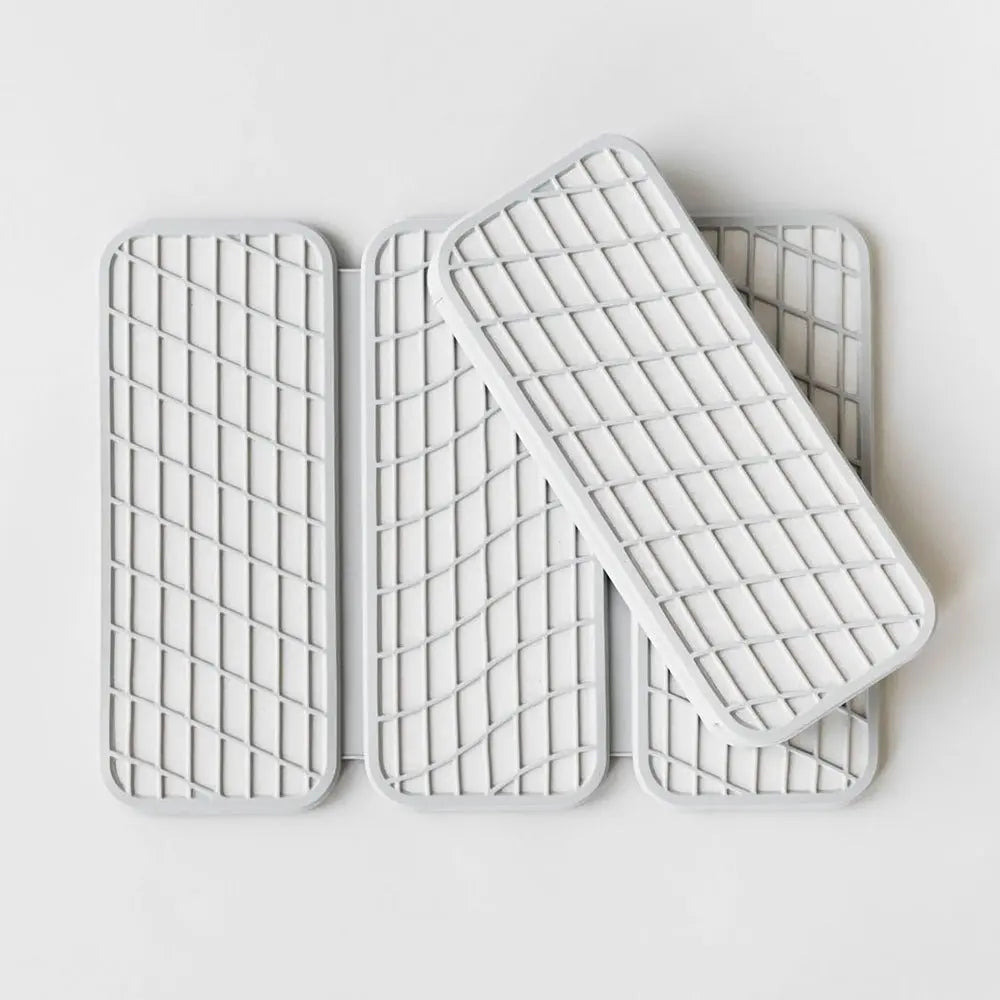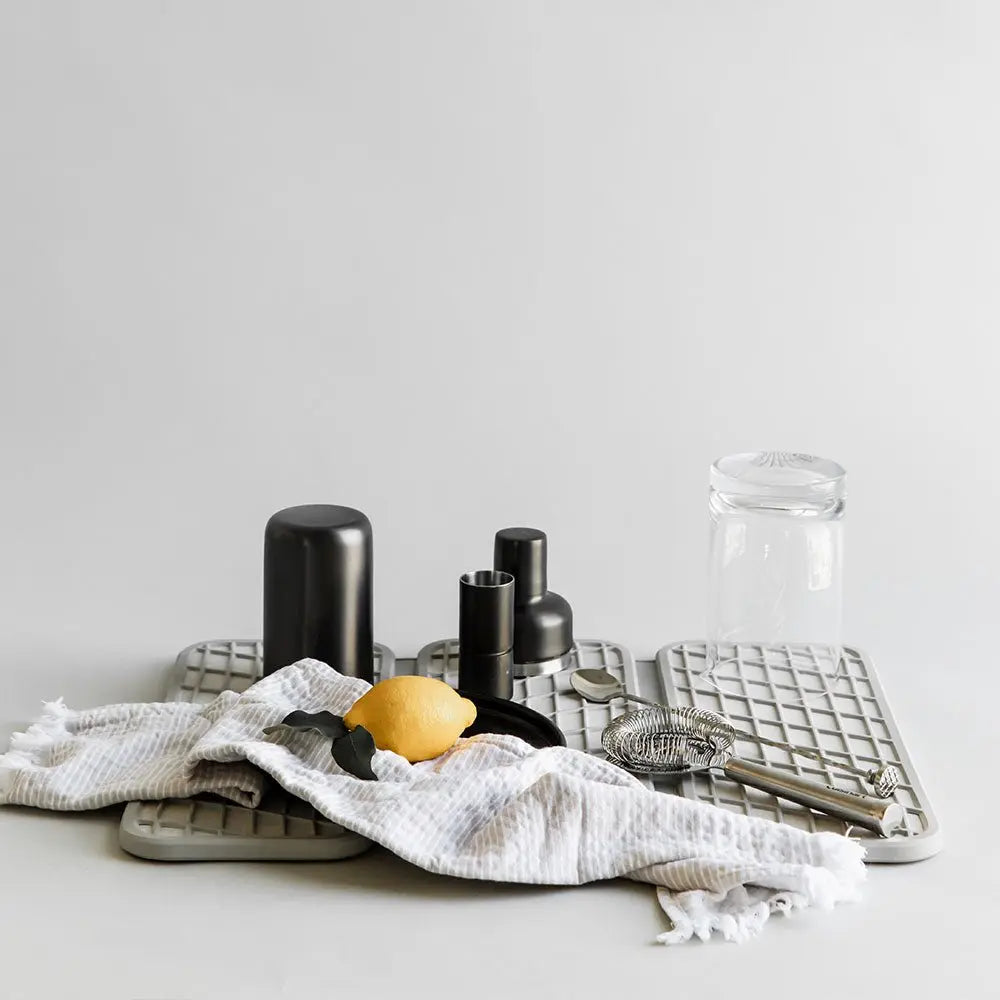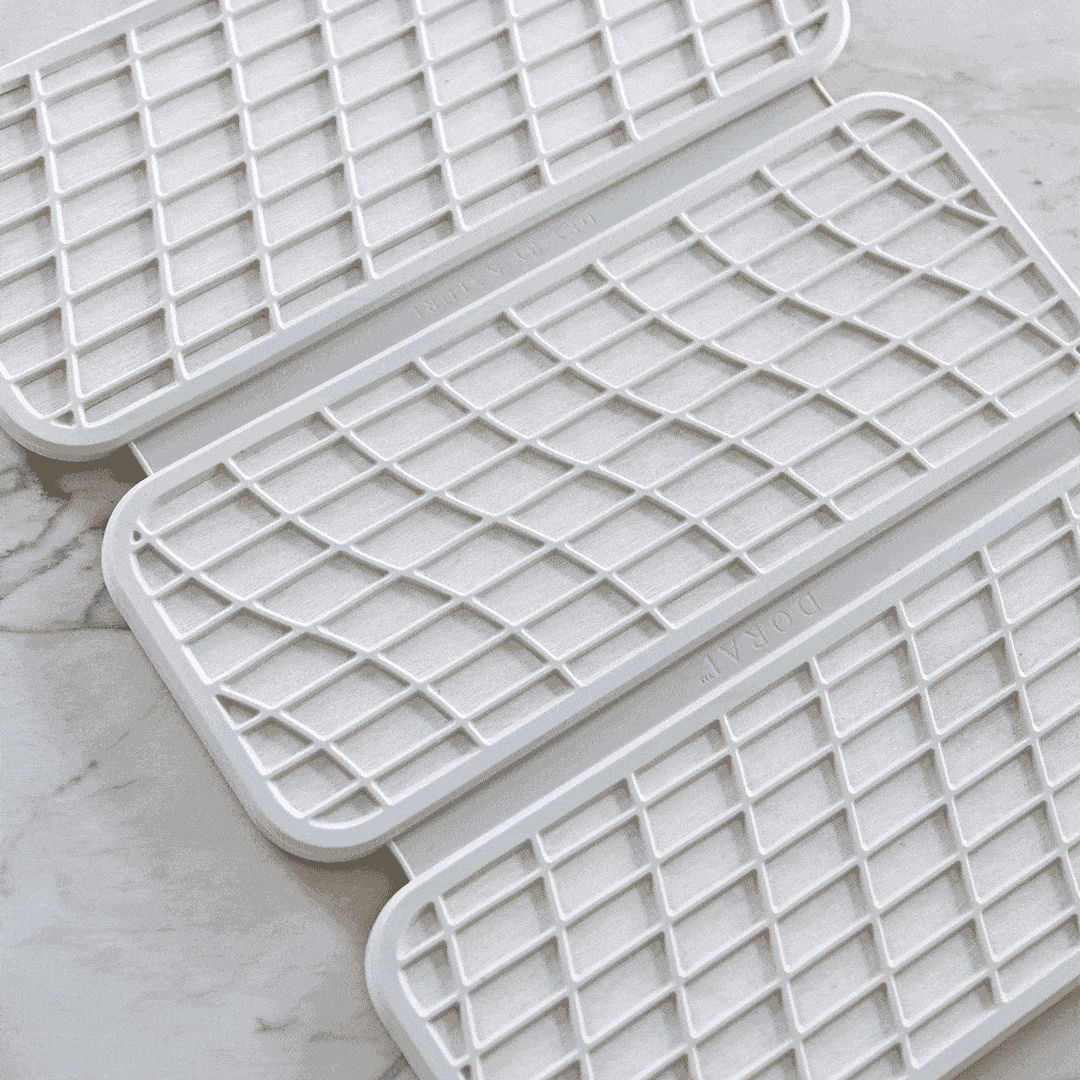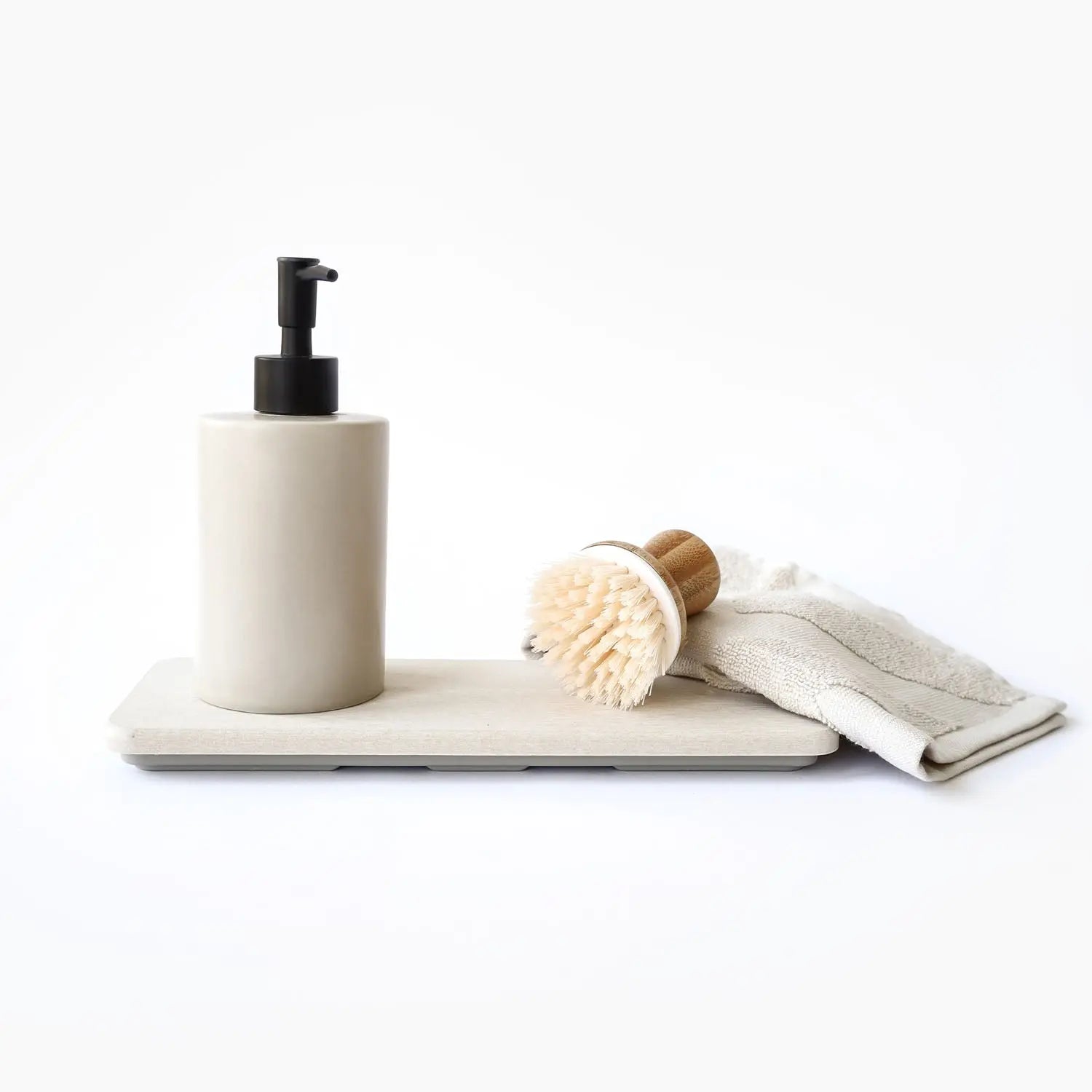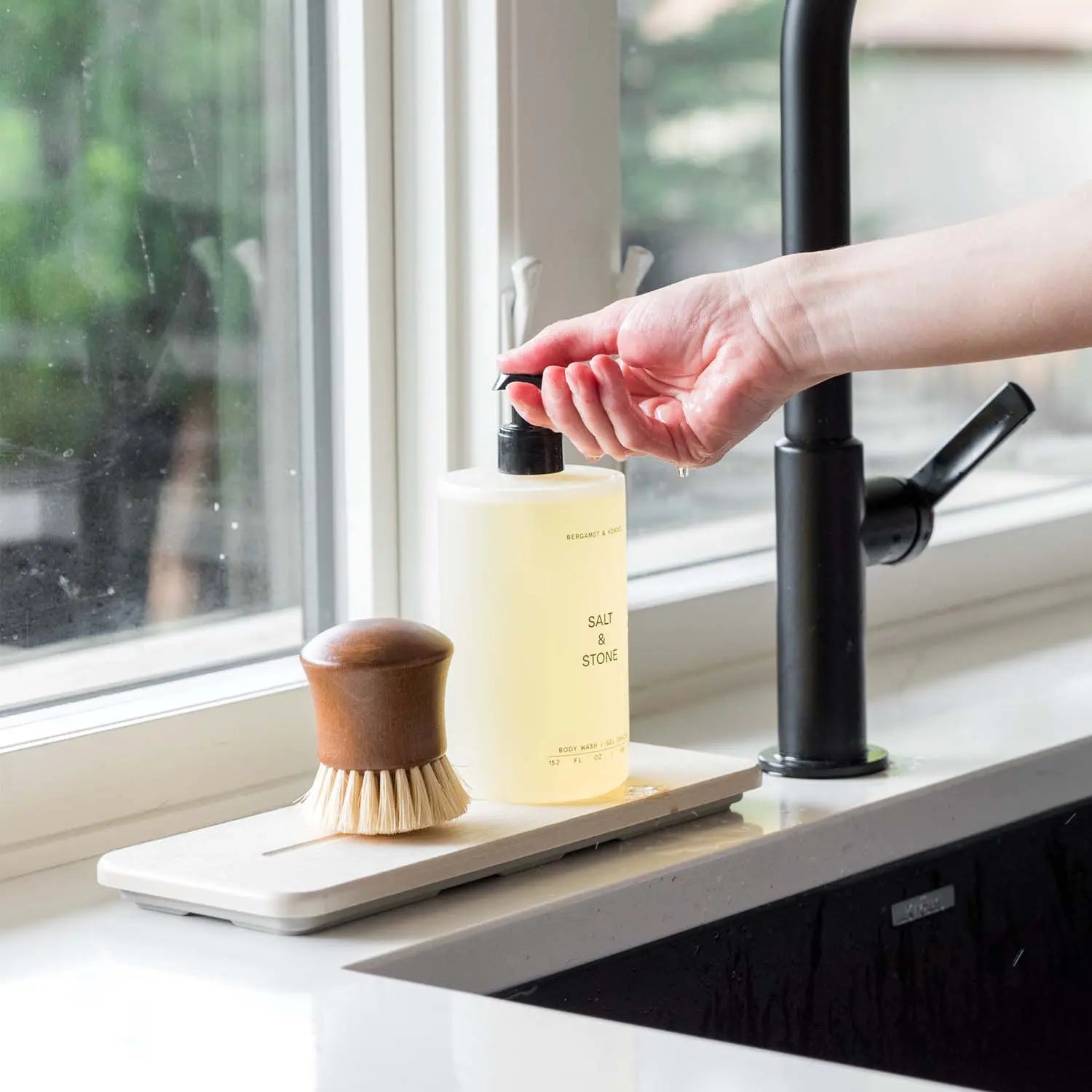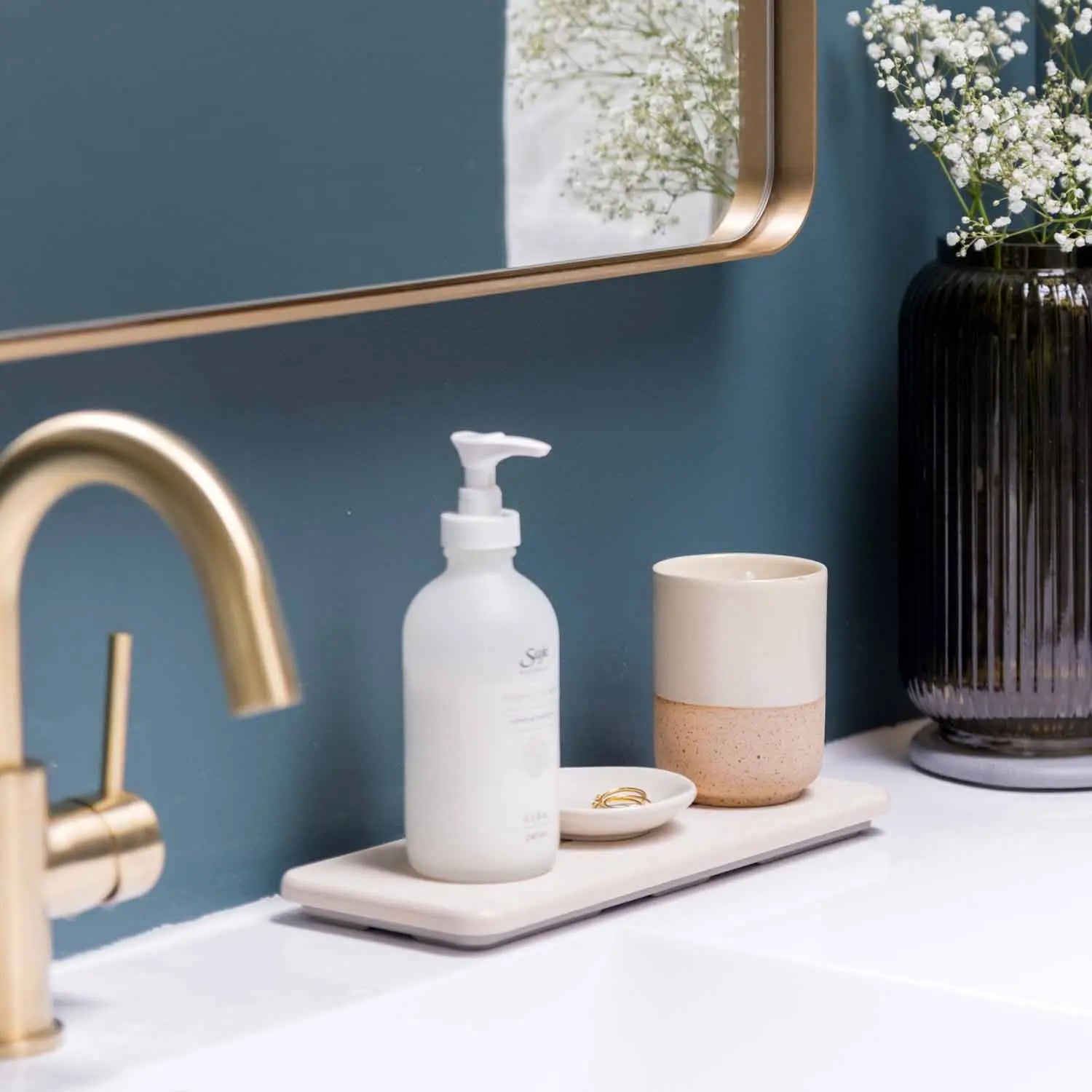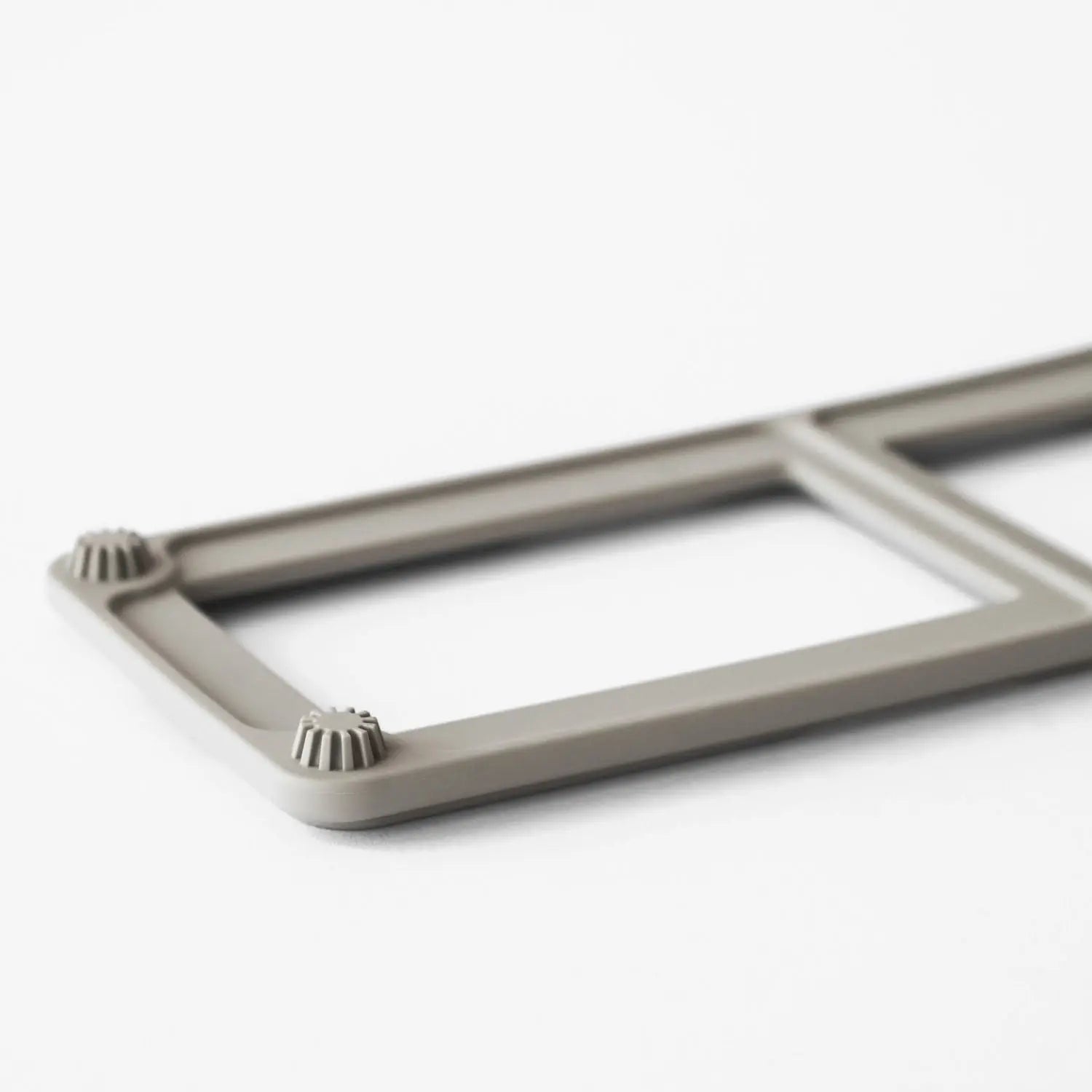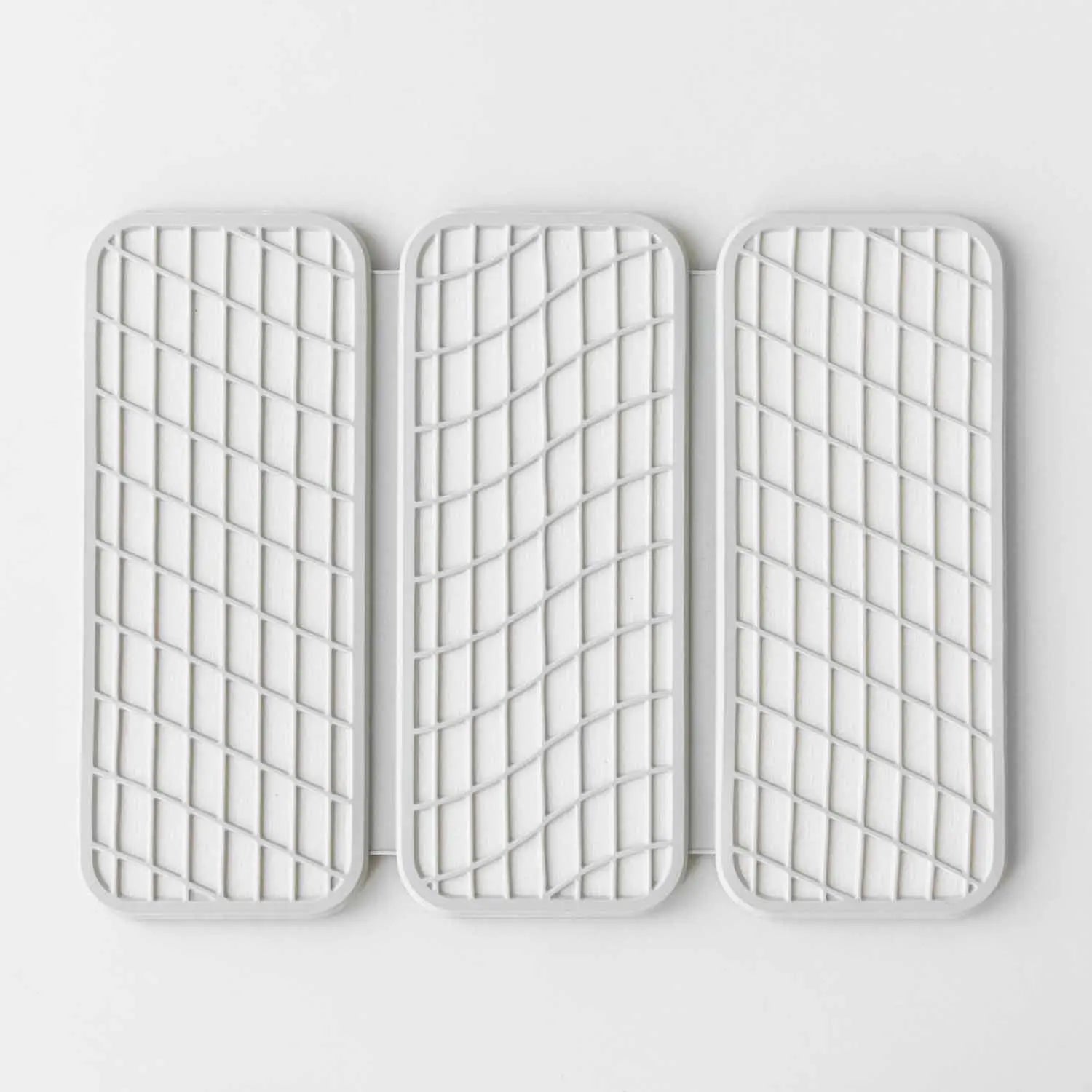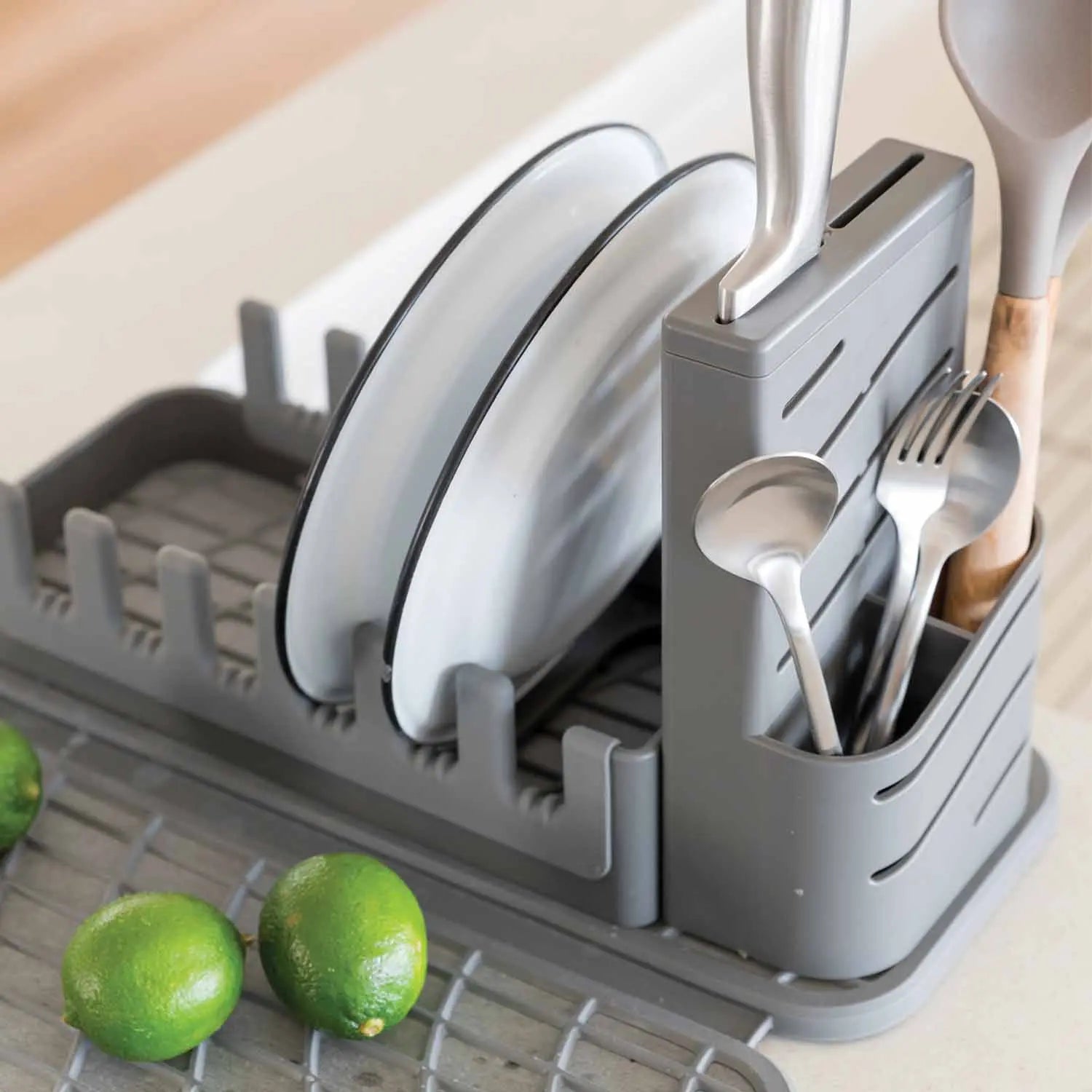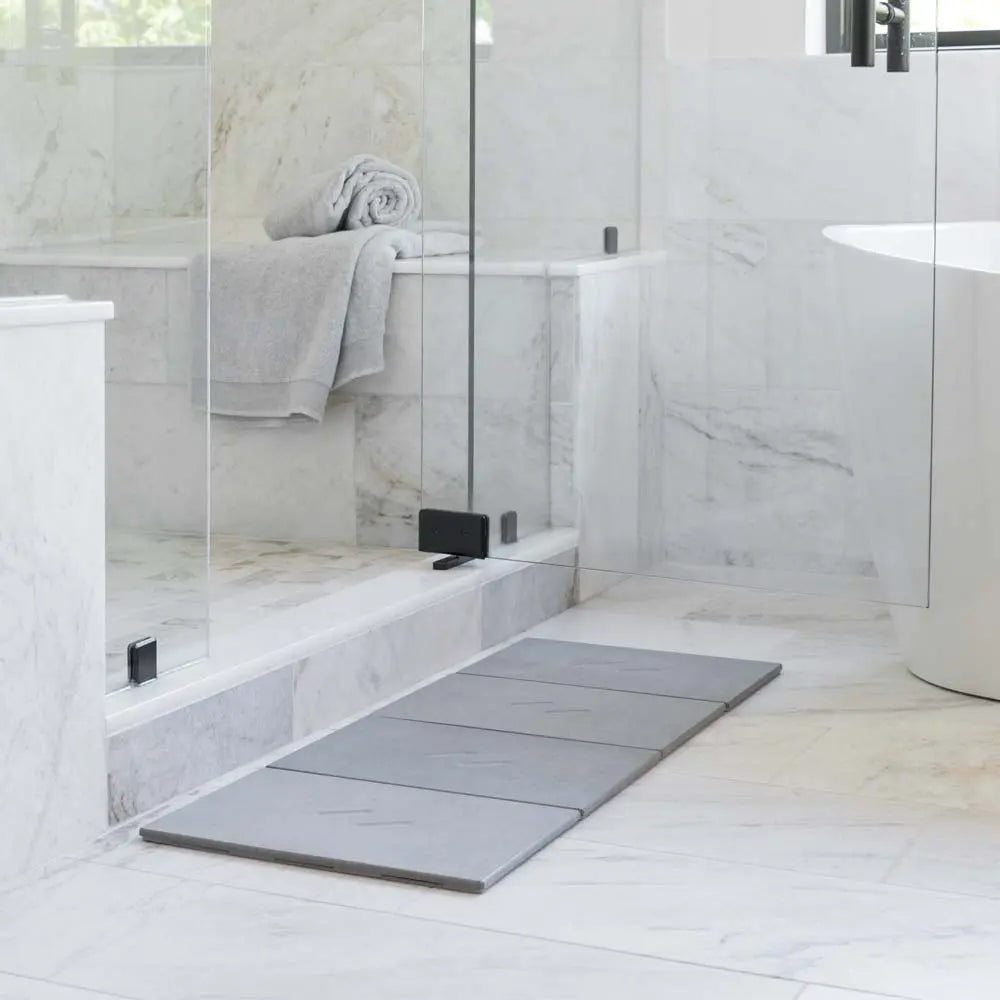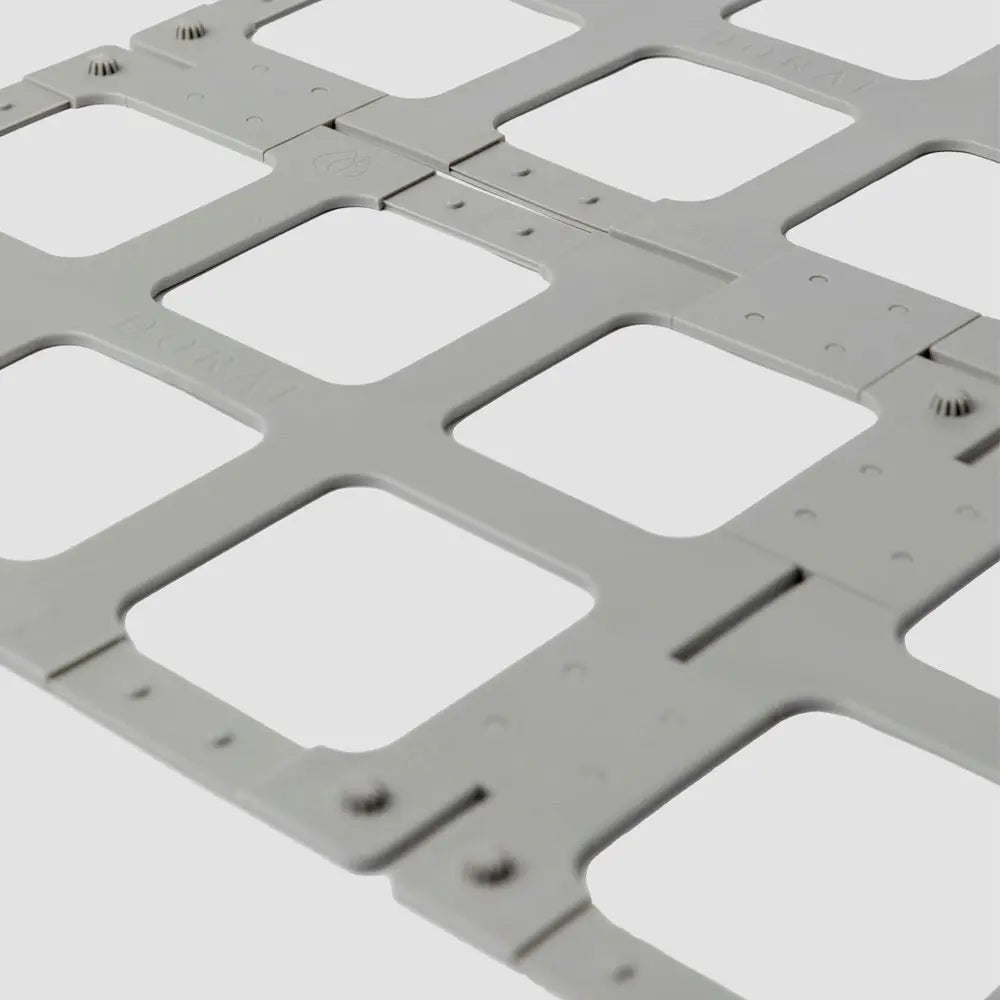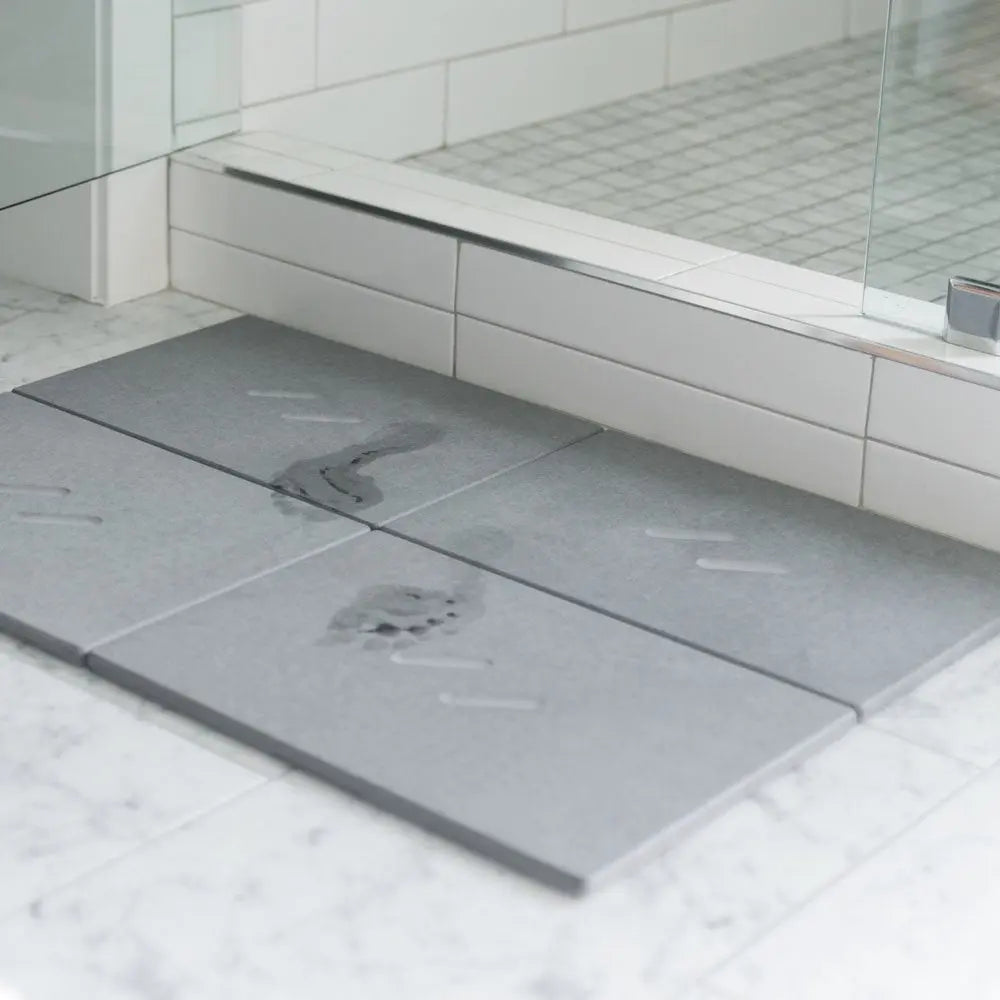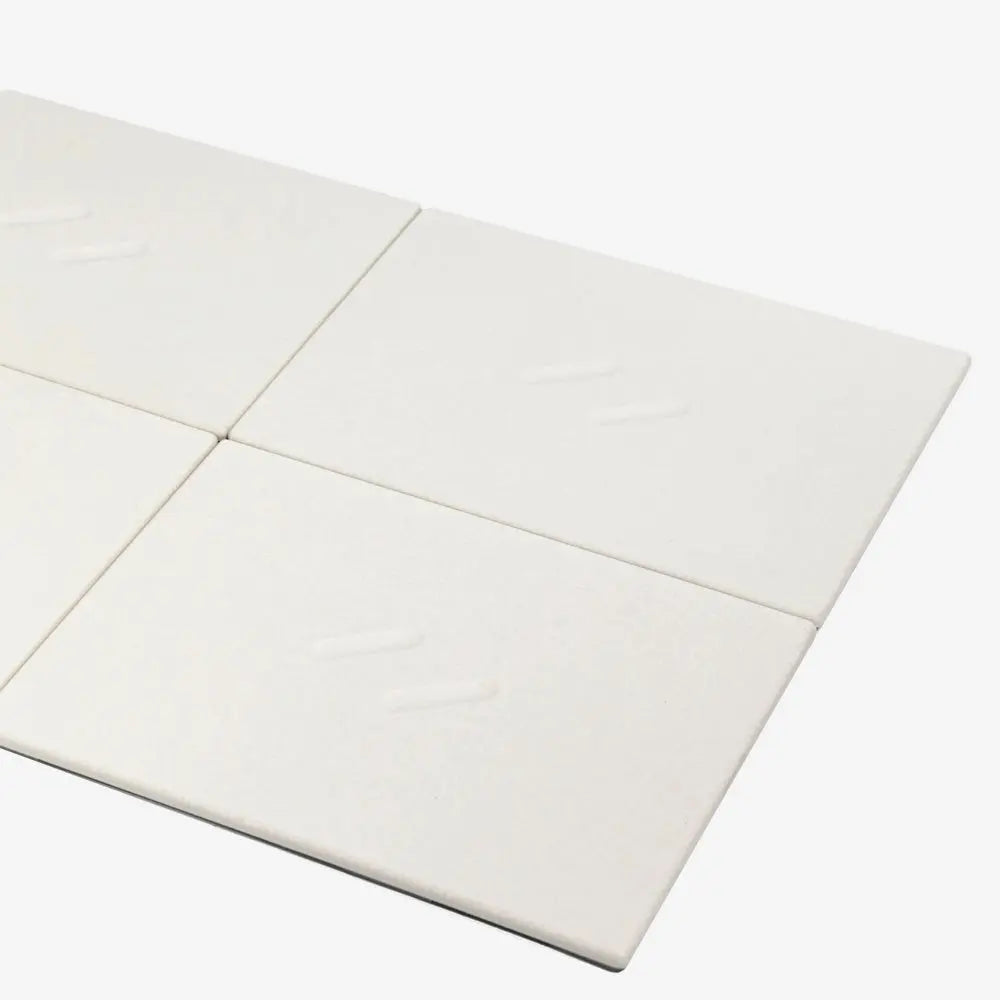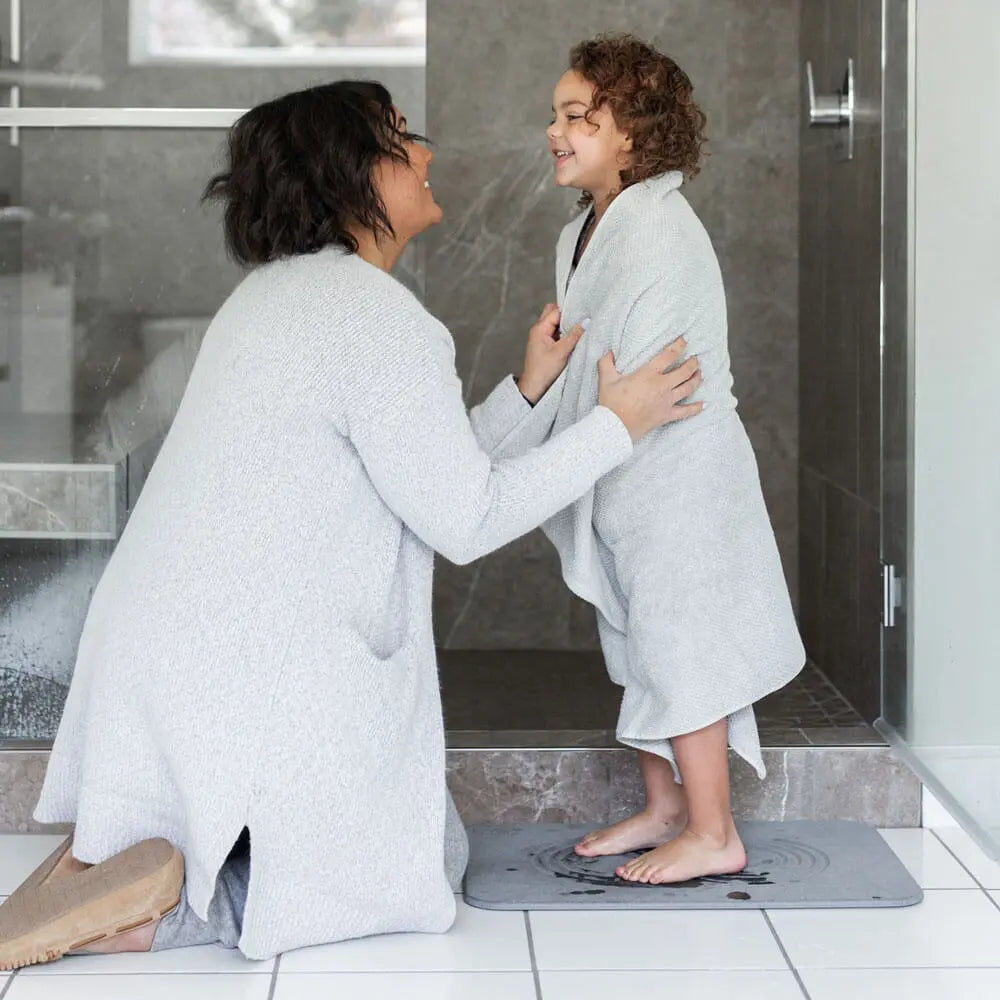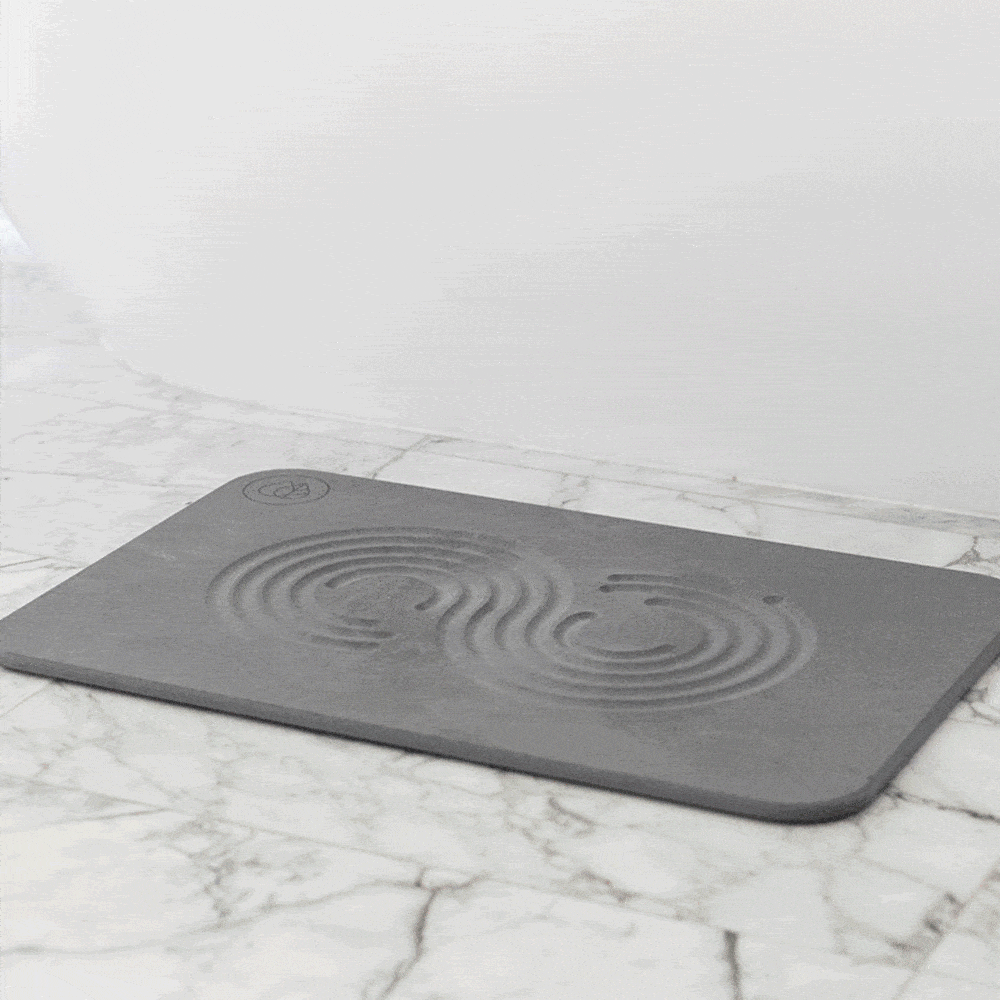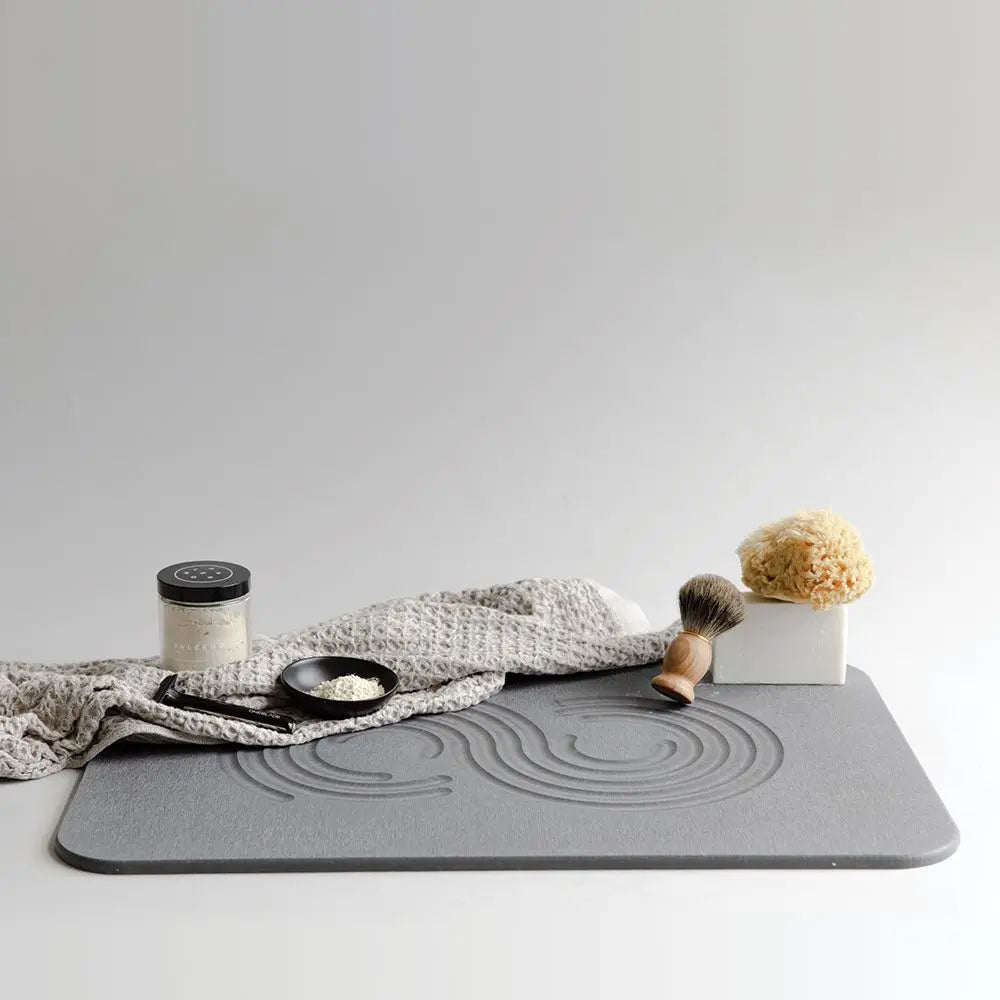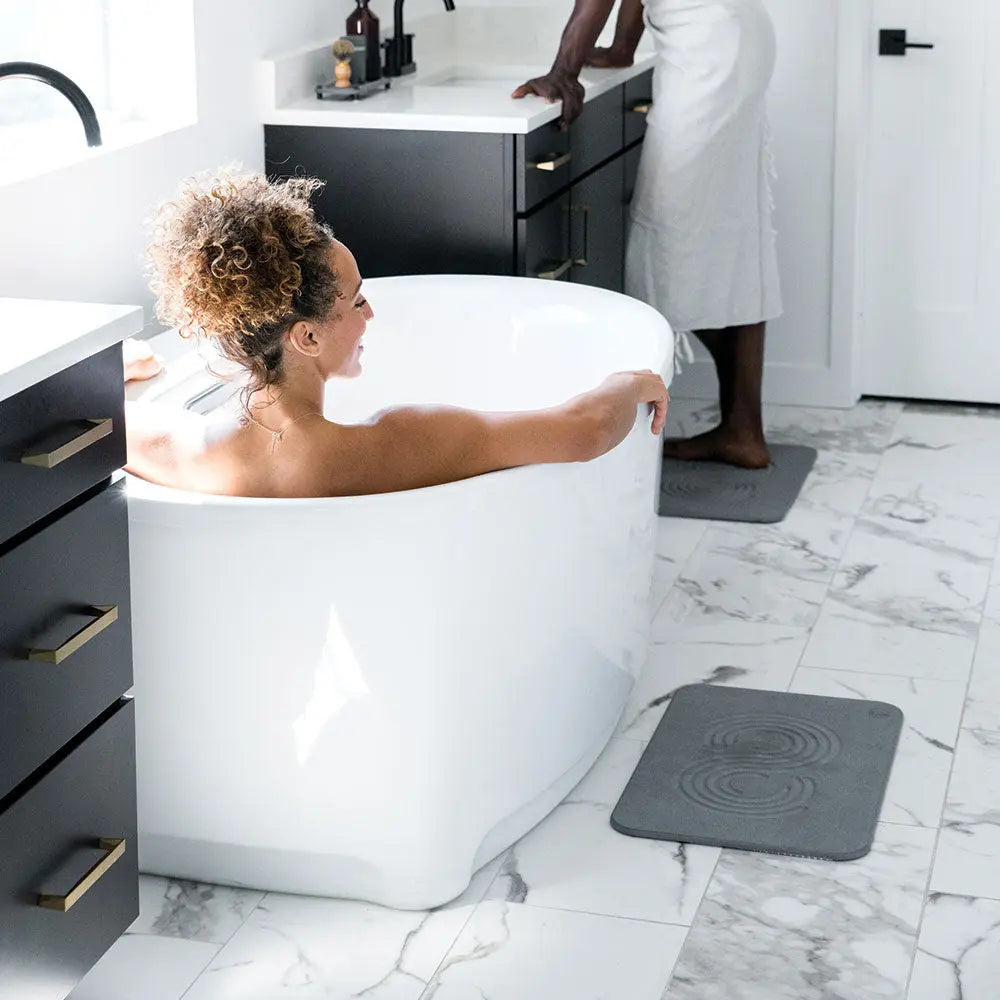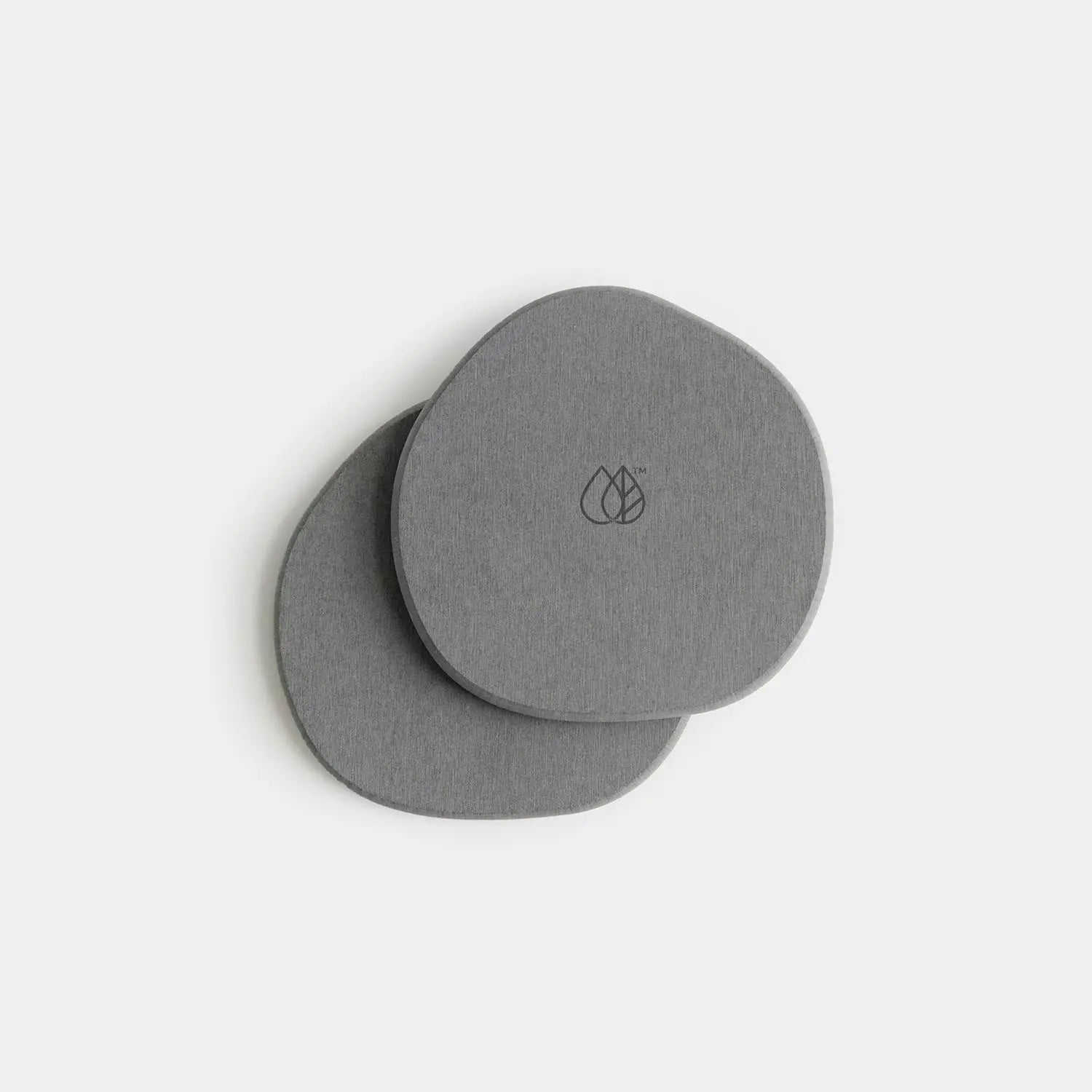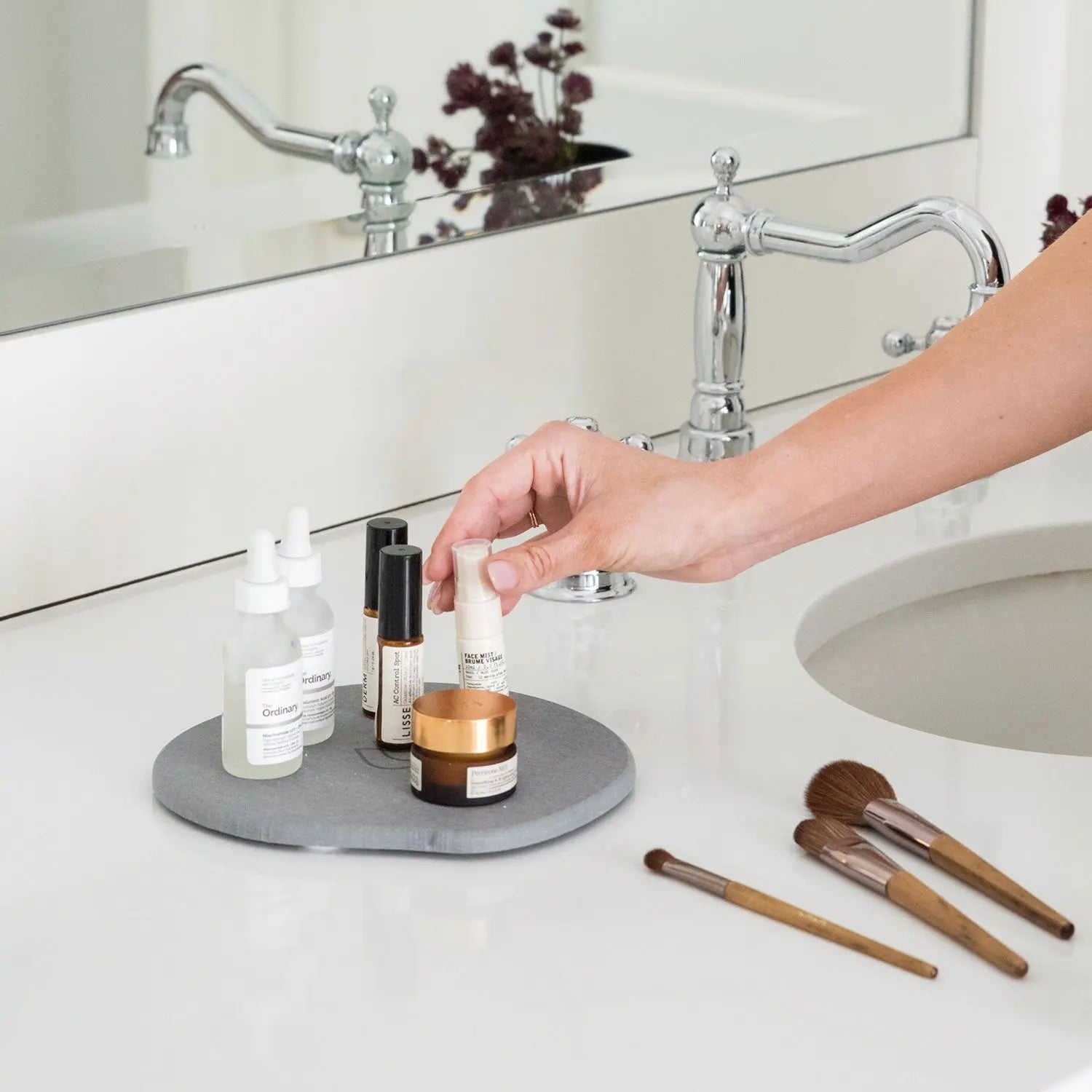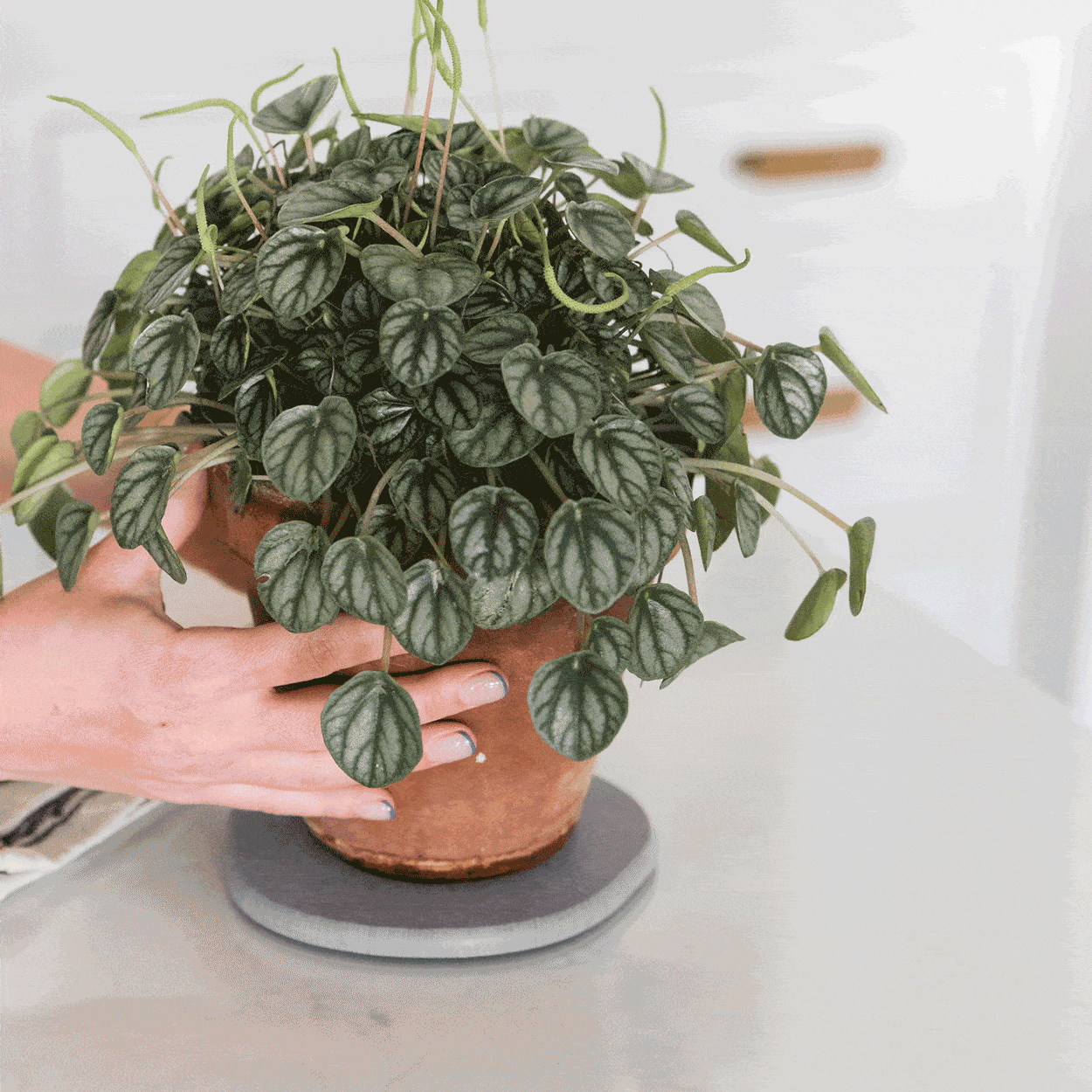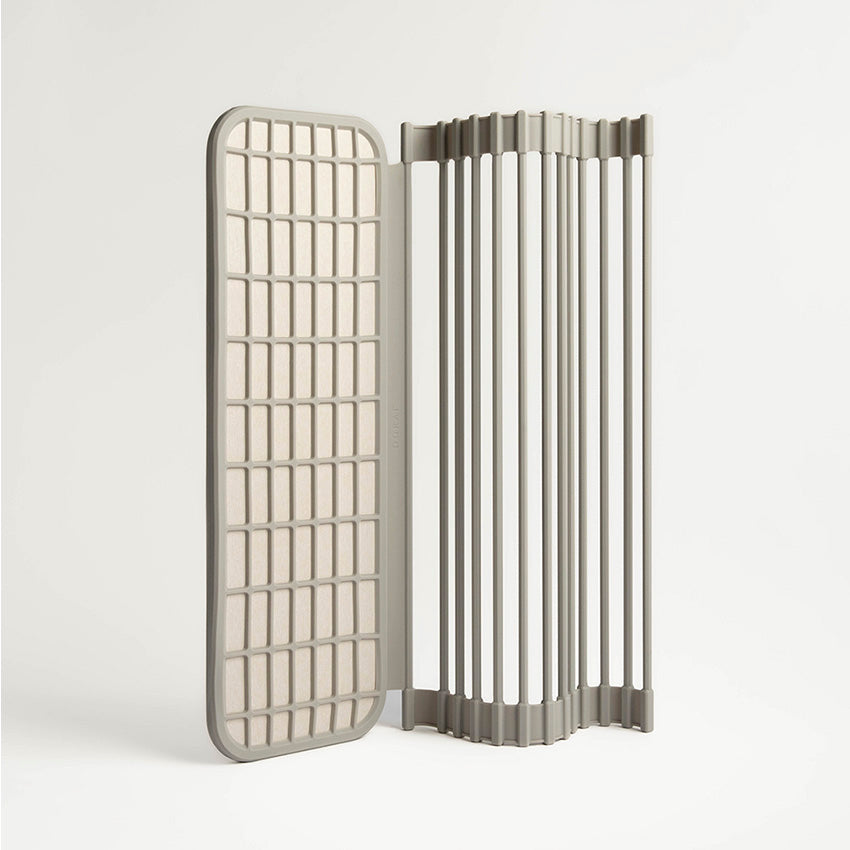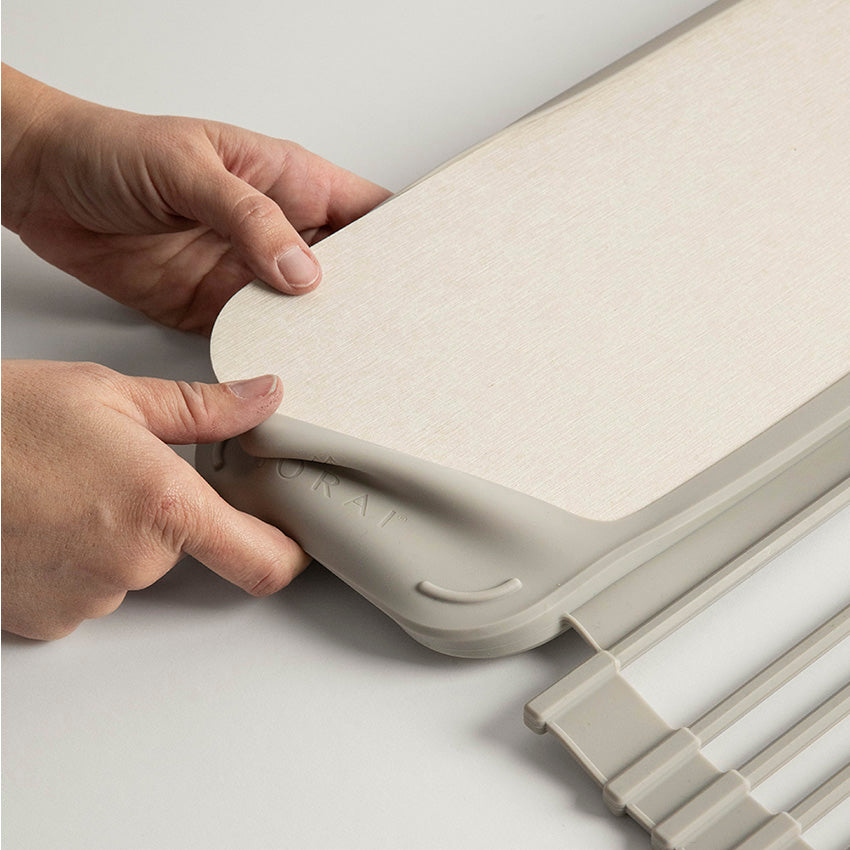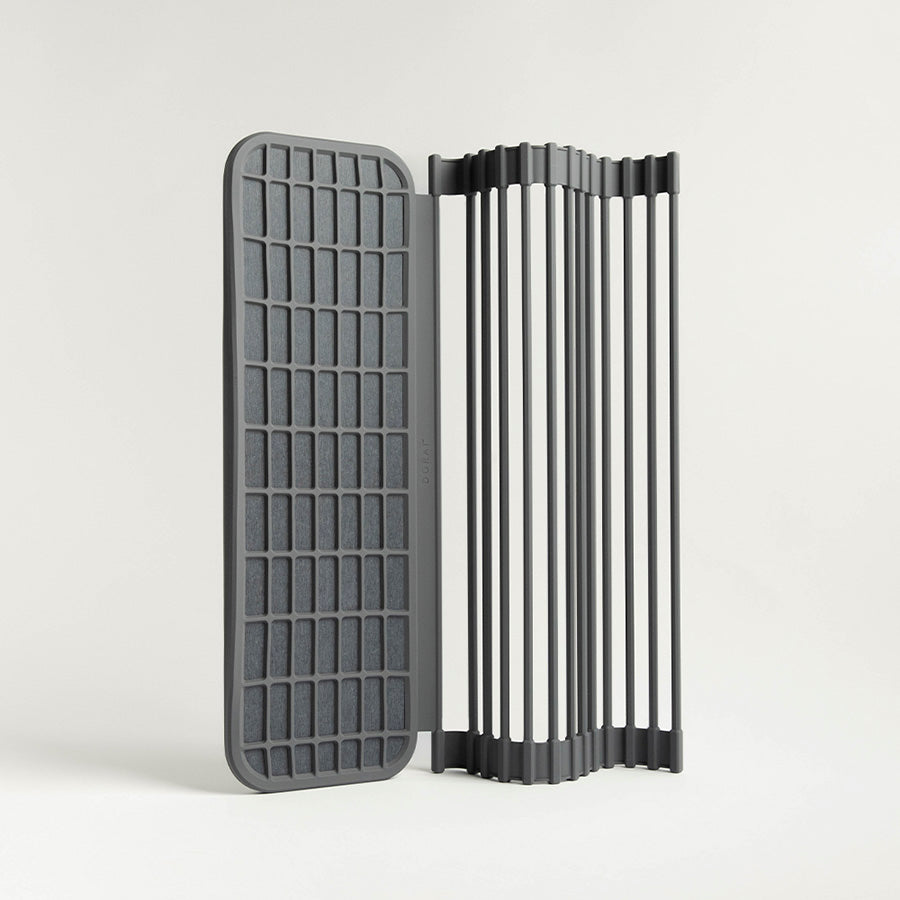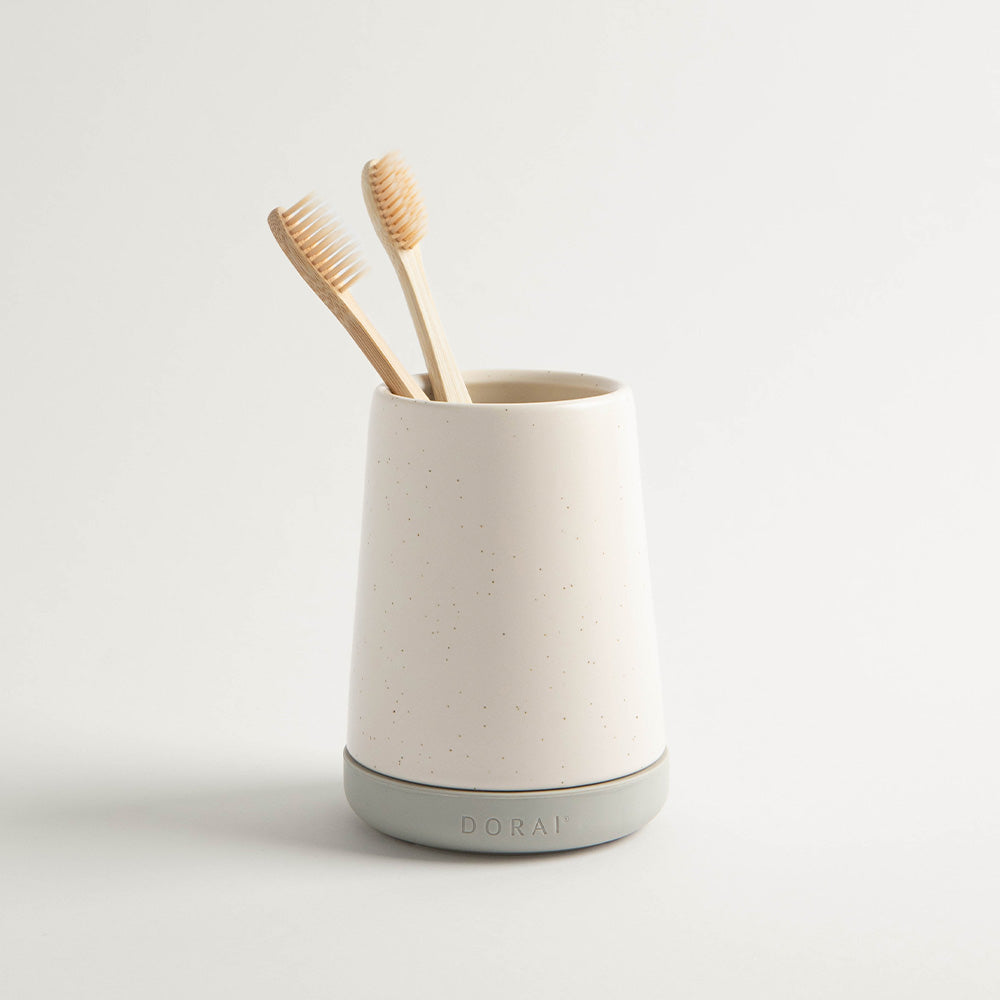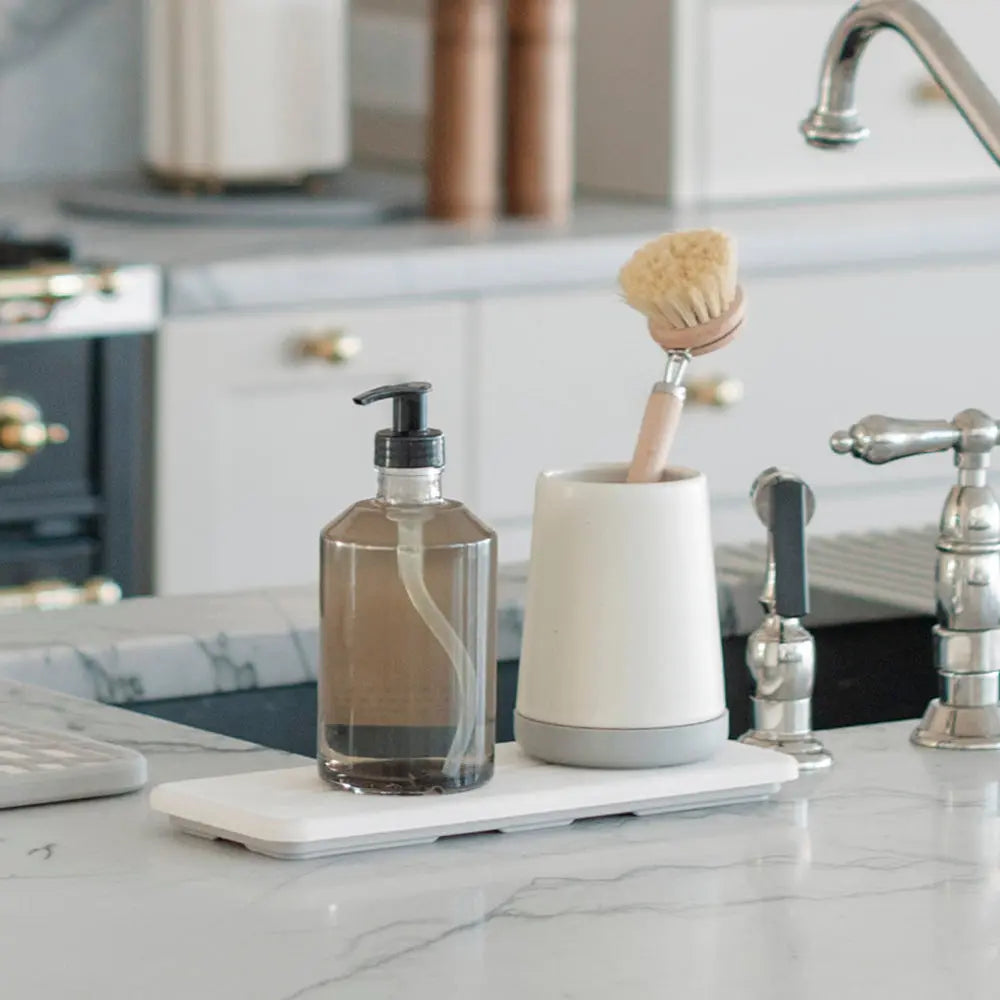In Part 1 we shared the validation required for move forward, and Part 2 dove into the mechanics of capturing content and driving awareness. In the final part 3 of the blog series we'll outline the steps for going live. People are often amazed by how much time and effort is required just to get to day 1 of a Kickstarter, but all that front-loading empowers your project to take off for a much more gratifying result.
Step 8: Build a compelling page and create your rewards.
The Kickstarter page builder is extremely limiting. It’s basically a text and image block. In order to combat this you’ll want to design your page in a preferred design tool, and then slice it into compressed images with ‘fake’ buttons as links.
Again, this is a place to bring in help if you’re not a designer. People form a bias about a project within seconds of being on the page. Even before landing on the page their decision to click through will be heavily influenced by the image selected for the project. The more validation and idealistic brand you can create on your page the better for instilling confidence. Page design becomes even more important if trying to convert visitors from outside Kickstarter to join the platform.
To keep the design affordable, be sure that you wireframe the content and purpose of each section of the page to give the designer clear direction. Plan for 3-4 weeks for this to allow for some back and forth.
Be sure to include compelling photography, validation that it can be done, clear reward tiers and a timeline. In setting your rewards you’ll want to go back to the formula in step 1 (link), and determine the lowest price you can offer to the super early backers. You build in a solid margin, because if not you won’t fulfill and that’s even more disappointing for people than paying a bit more upfront.
Create urgency with a limited number of early birds and bundle products to increase the backer’s pledge.
Leze is an example of a well built page that effectively uses GIFs, iconography and visual storytelling.
Step 9: Email campaigns and cross collaboration.
This is the exciting part! Once you’ve set your goal, been approved and are ready to go live, you want to set-up multiple email campaigns going out to friends and family. Make it personal by writing in your voice and sharing why this is important for you, while still sending it to a large number of people.
It’s hugely valuable to share it on your social channels and do your best to create a sense of urgency that it’s important they act quickly. Ask a friend who has a good number of followers if they wouldn’t mind sharing it.
Education is important in this outreach. We had numerous friends and family members who were not familiar with Kickstarter and how it worked. If you’re trying to reach a broader audience, you will run into this and it’s best to get ahead of the confusion by including video and text tutorials for ‘how to back a campaign’.
Cross collaboration with ‘like campaigns’ was one of the strongest converting initiatives. You’re much more likely to convert someone who is already on the platform. In fact, of the 15 million Kickstarter users, 5 million are repeat backers, demonstrating the platform’s loyalty. We found in partnering and sharing other projects our backers, we saw good traction.
One example is with Volo hair towels. They were running a campaign at the same time and we recognized the audience overlap and did cross promotion in our email updates. (Side note: I love the Volo hair towel, super happy to have backed them)
Step 10: Continued engagement, social media and influencers.
Be aware you may overload some friends with content and emails around your campaign for the 4 weeks it’s live, but they will still love you and you need not feel guilty about it. That being said, it’s important to keep new content going throughout the campaign that can be in a variety of forms. For us, we saw in the data that women over 50 were converting surprisingly well (thanks mom and friends!), so we increased spending on Facebook ads to reach that demographic.
We put content on Pinterest, Instagram, reached out to local news stations, podcasts, anything we could do to spread the word. Your local community is enthusiastic to see what you’re doing and feel a personal connection, so make sure you’re tapping into local influencers, free media outlets, and events to extend the local reach.
We did try reaching out to bloggers, but in full transparency few were willing to help unless they personally had the product and saw some immediate financial return. I’m hearing this is more common in the crowded influencer space, so for our next campaign I’ve been cultivating relationships with those already in my network that I have a personal connection with and who genuinely want to see us succeed. Additionally, they have to love the product and align with the lifestyle. In most cities there are groups created for female founders or women and tech, It’s worthwhile to do some networking in the months leading up to the campaign to find the other women in your area and support one another.
For example, I recently had a friend share the campaign for the George Bag. I don’t personally know the founder but I want to support her as she’s a local entrepreneur, demonstrating the power that word of mouth has over paid ads in some instances.
Freshly Picked is stellar illustration of a brand who leverages word or mouth in crowdfunding and beyond.
Conclusion
Kickstarters are a fantastic way to bring a product to market without traditional investment. They generate buzz and engage a supportive customer base, but they take A LOT of work. Don’t underestimate the time and money required to get it off the group, but in our case Kickstarter was a great way to validate Dorai, and evolve it into a compelling e-commerce brand.
When speaking to a female demographic, you need to ensure the content resonates authentically, tap into the network effect, use social channels pragmatically and share the journey with others. At the same time, any innovative product should have a technology story that resonates with a broader male audience. Despite a primarily female demographic, we peaked the interest of many men who will soon have the tidiest bathroom floors on the block. We hope this is of value to any Kickstarter entrepreneur and are happy to answer questions based on our experience.
Stay tuned as we launch our next Kickstarter in the coming months and we'll continue to share our learnings with the community!
Links to previous posts can be found here:
Part 1 - Validating your refining your idea
Part 2 - Preparing your Kickstarter for a memorable launch
Part 3 - Launching your female-focused Kickstarter campaign
*Sources for this post:
https://www.kickstarter.com/help/stats
https://expandedramblings.com/index.php/kickstarter-statistics/
